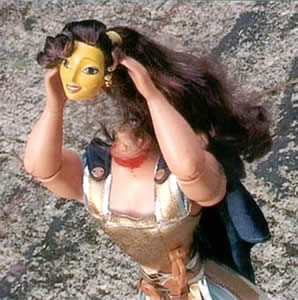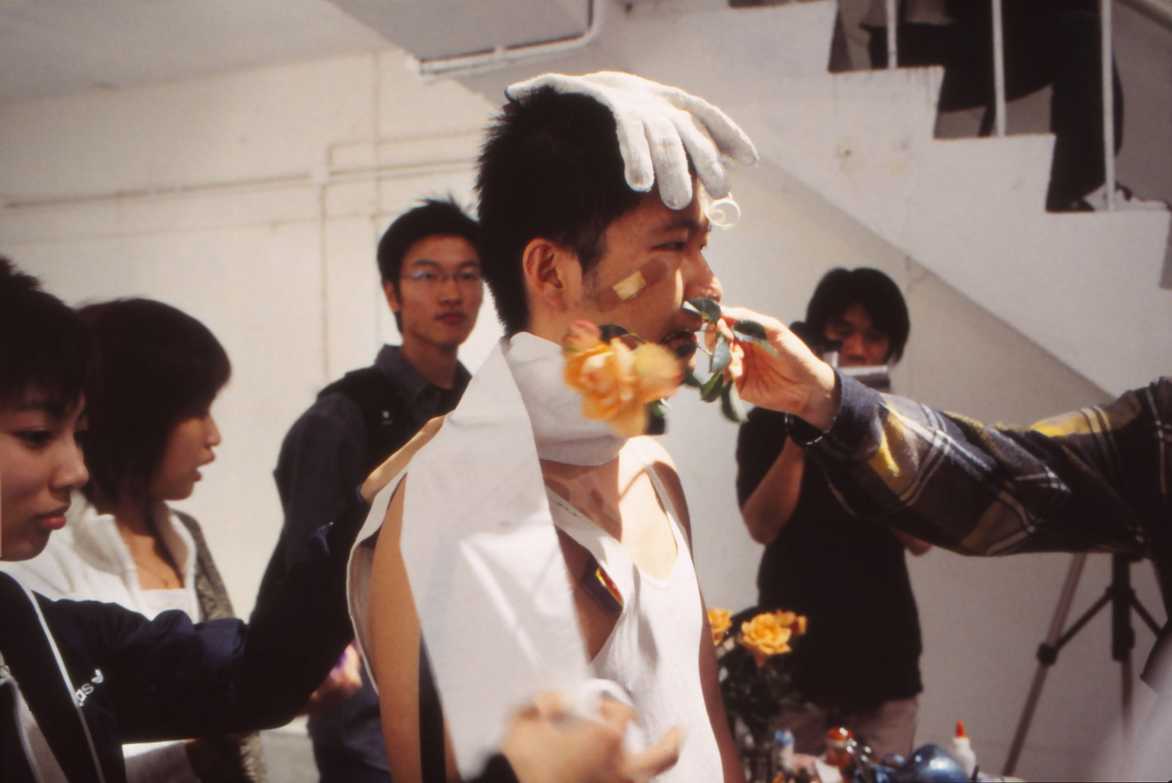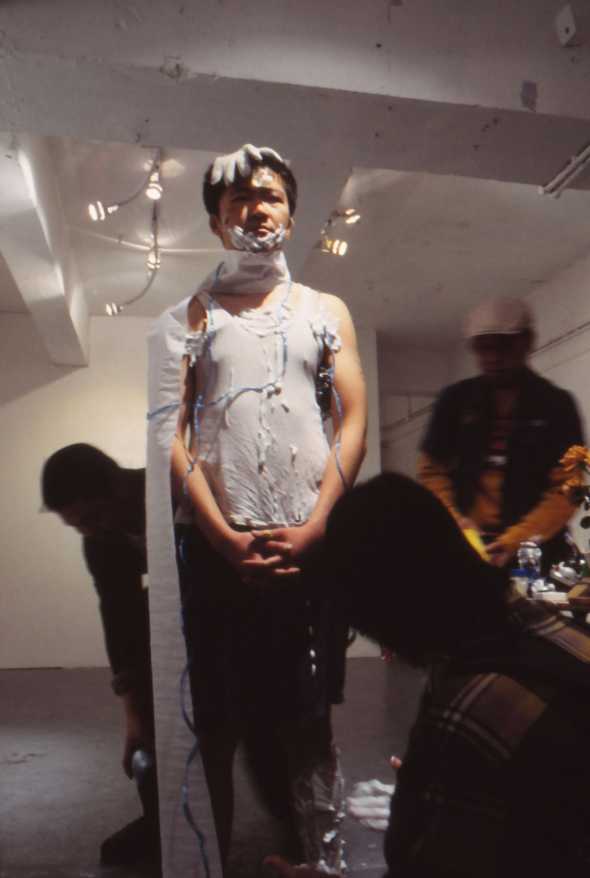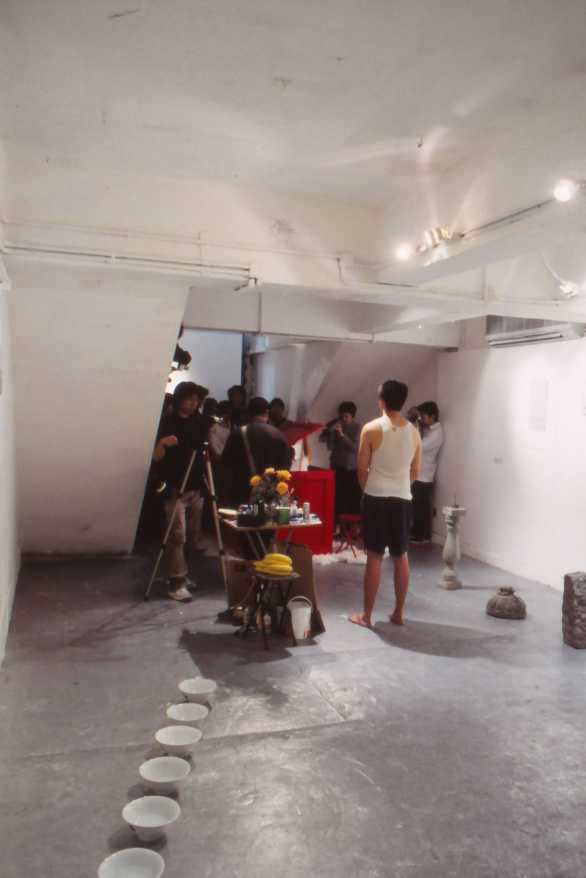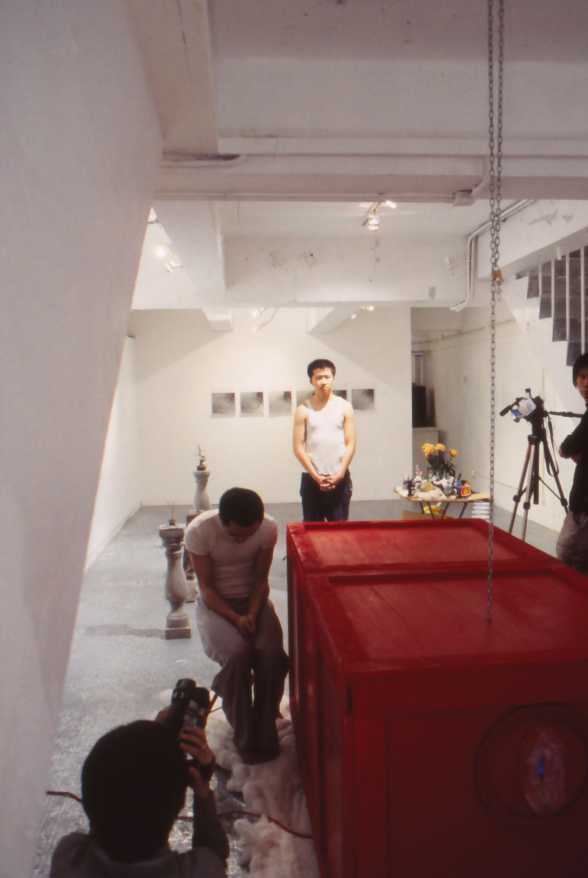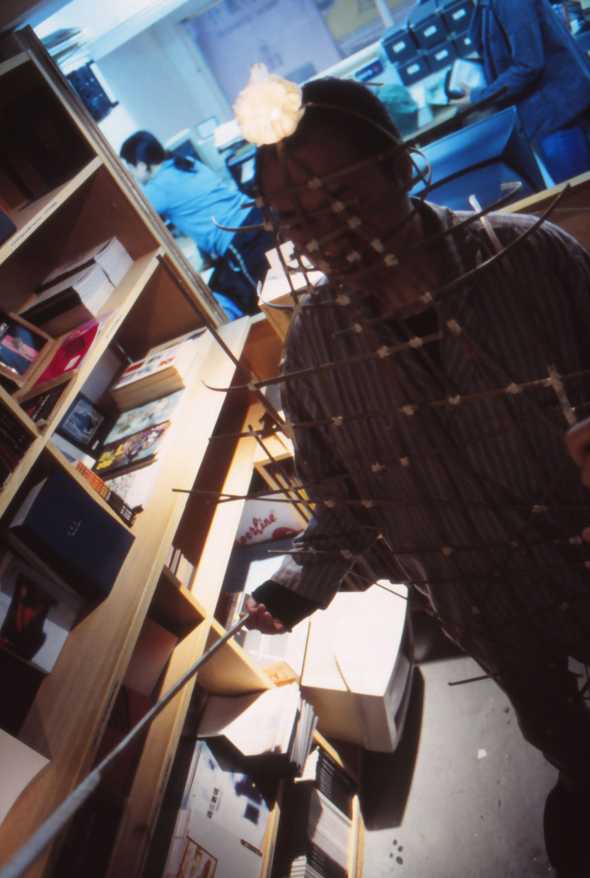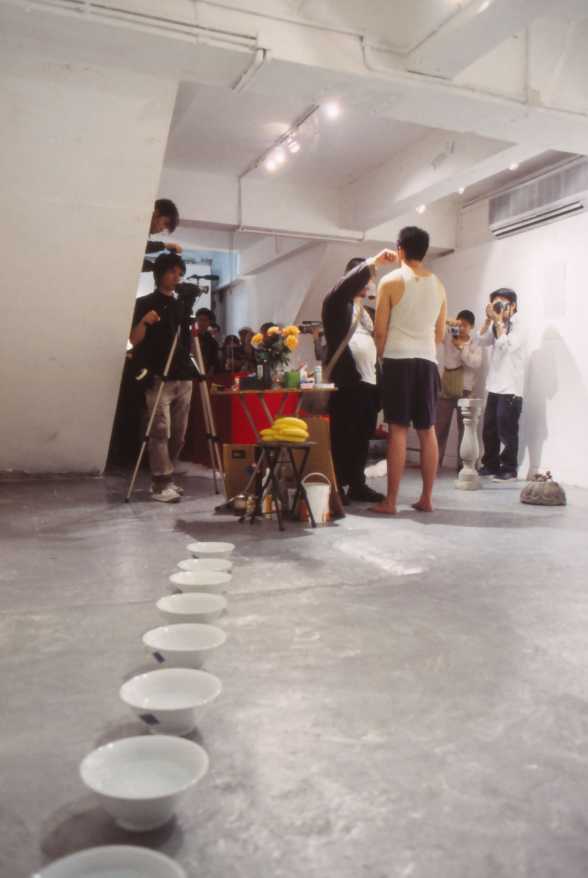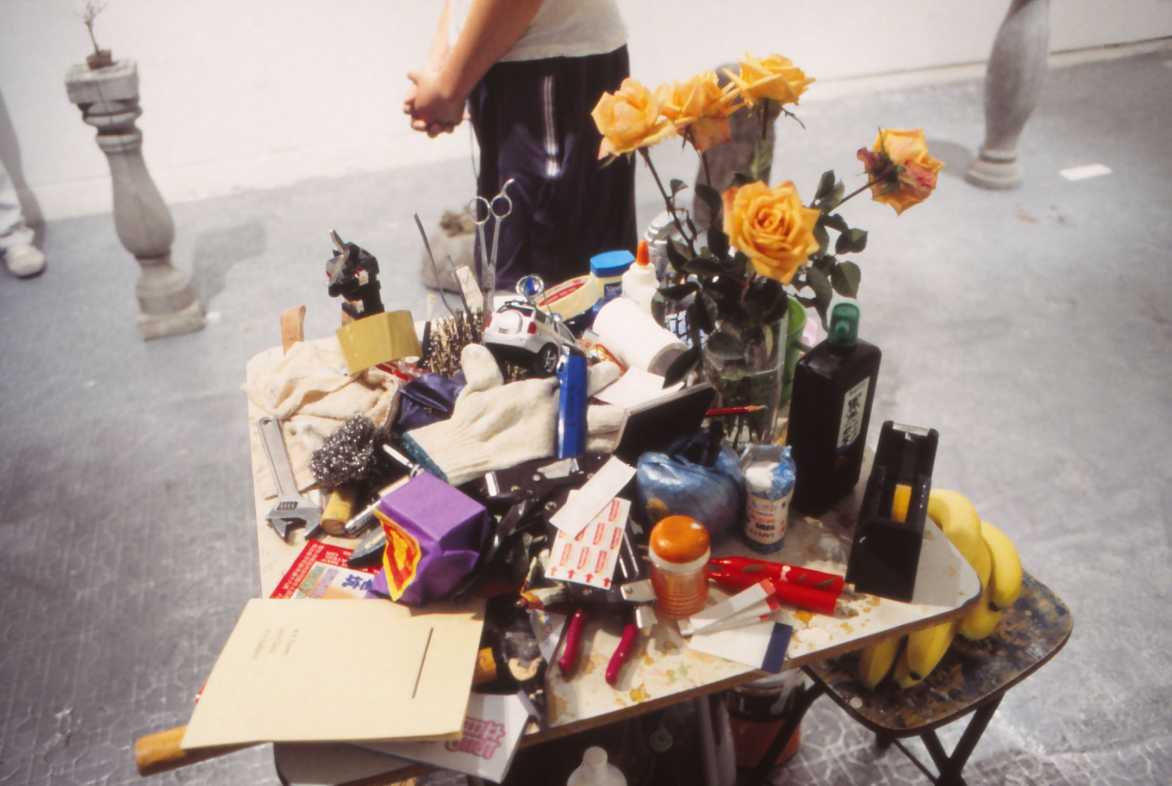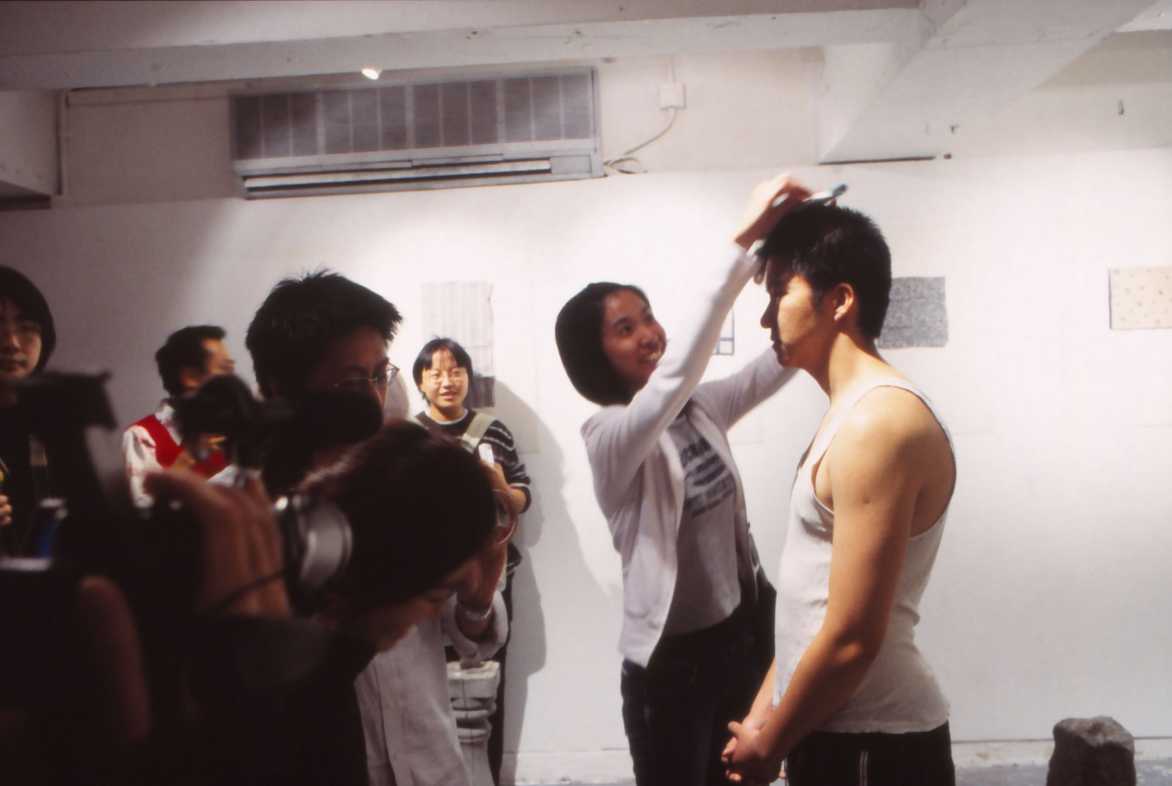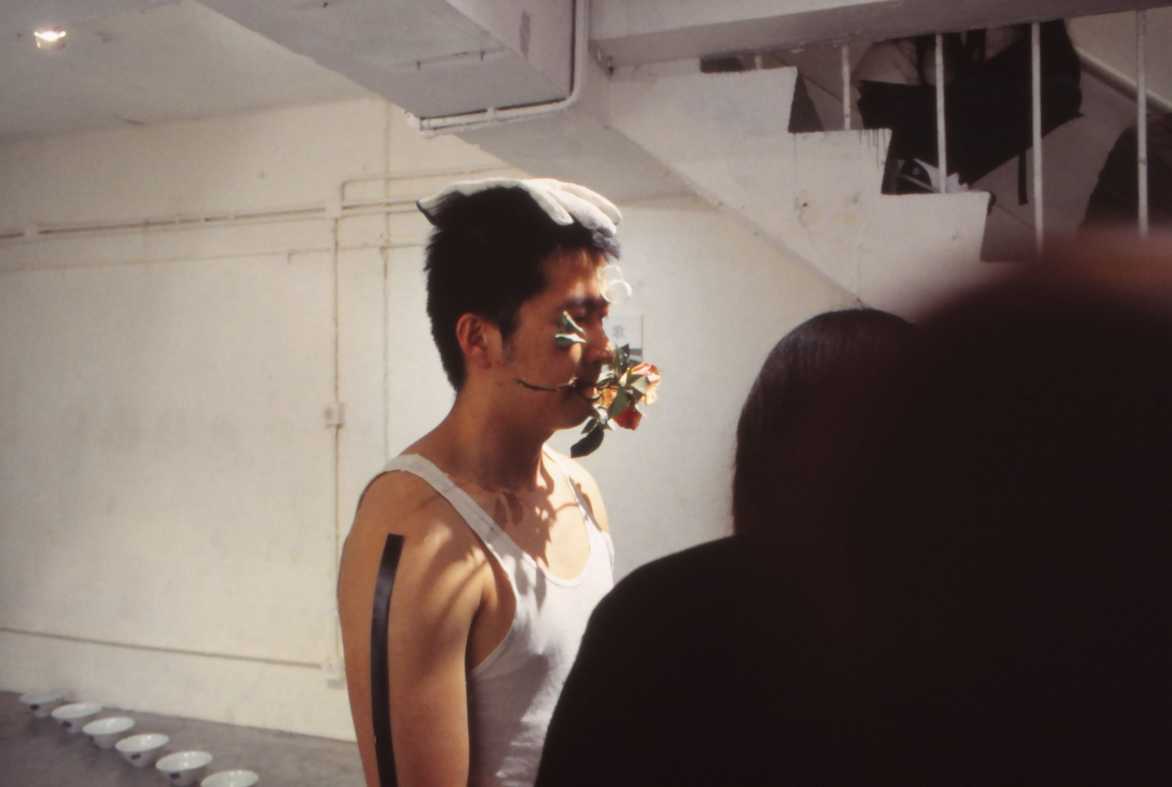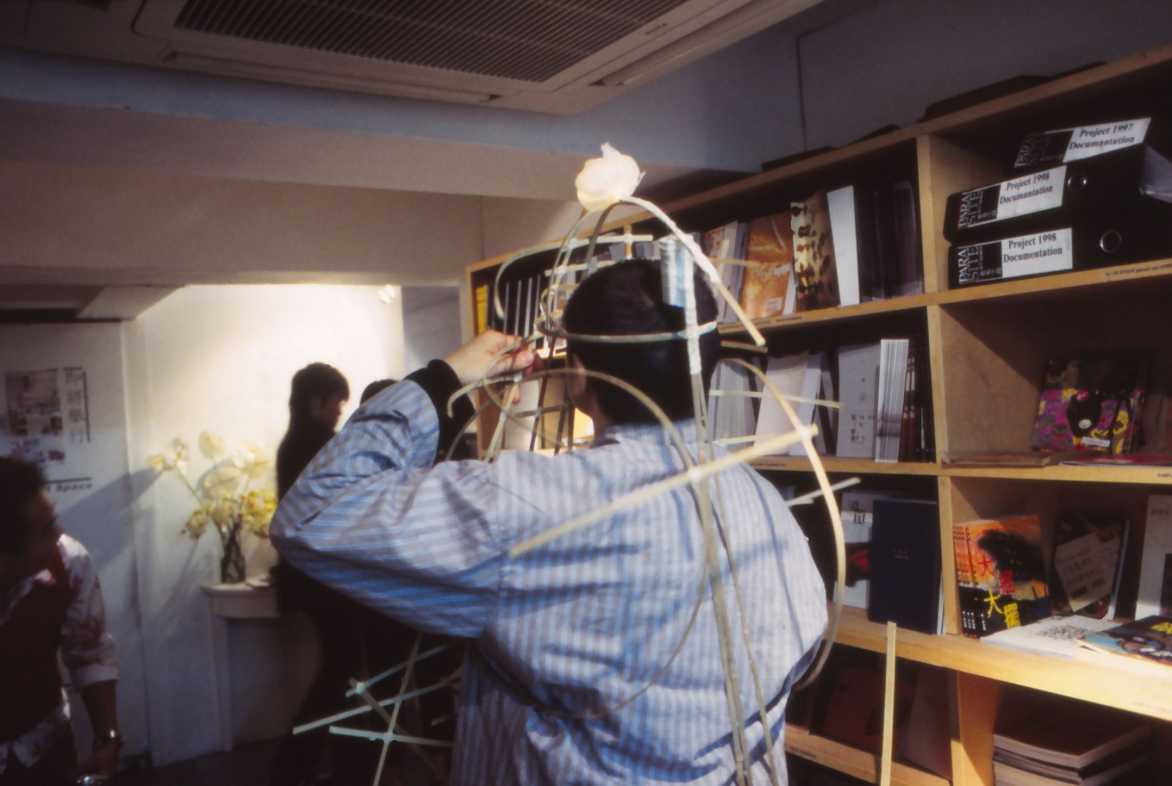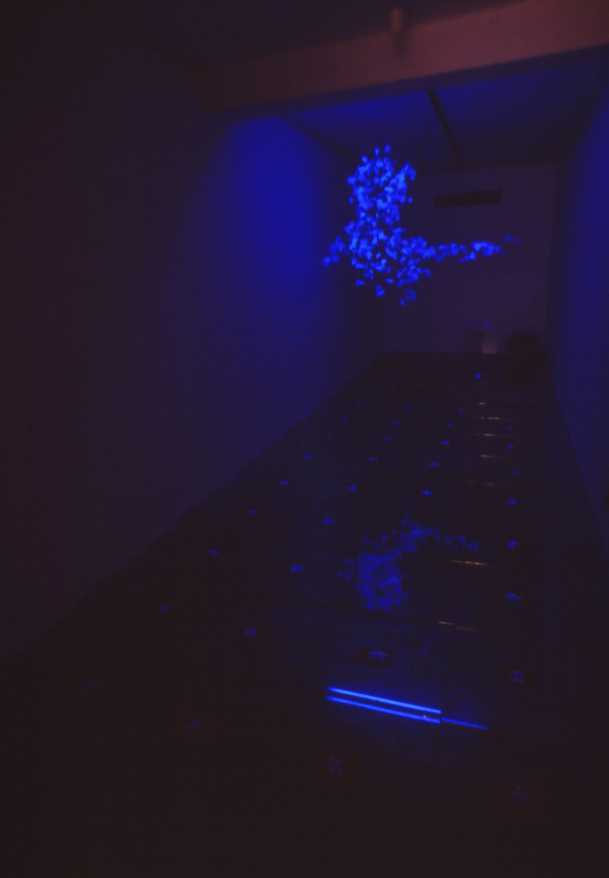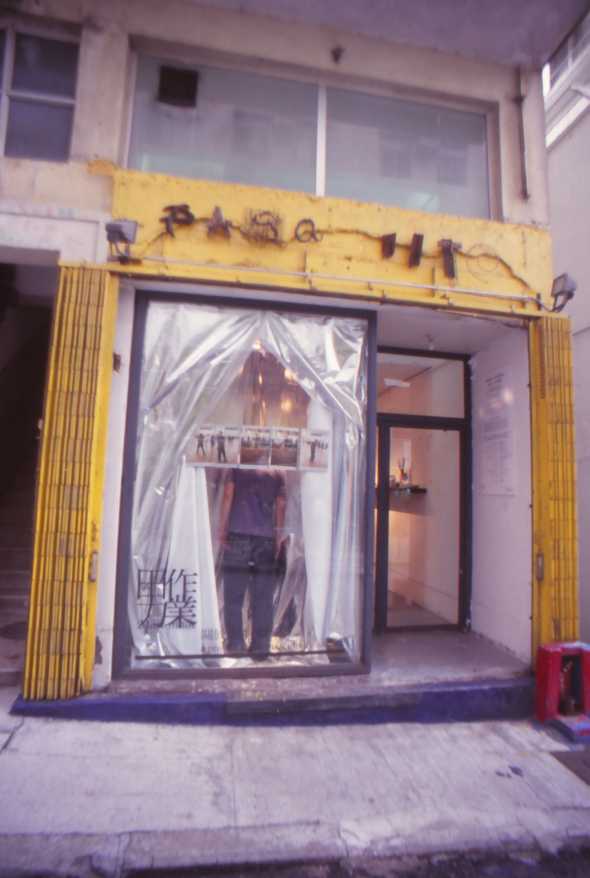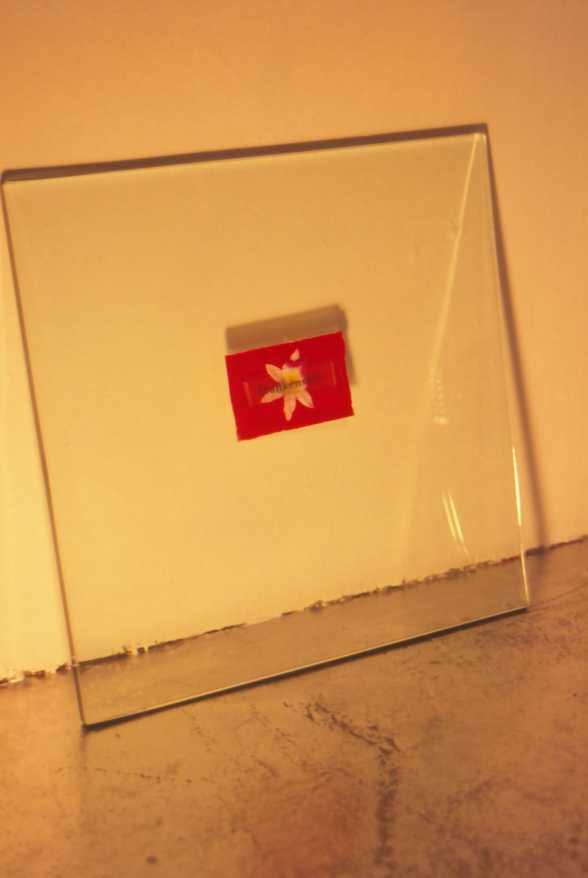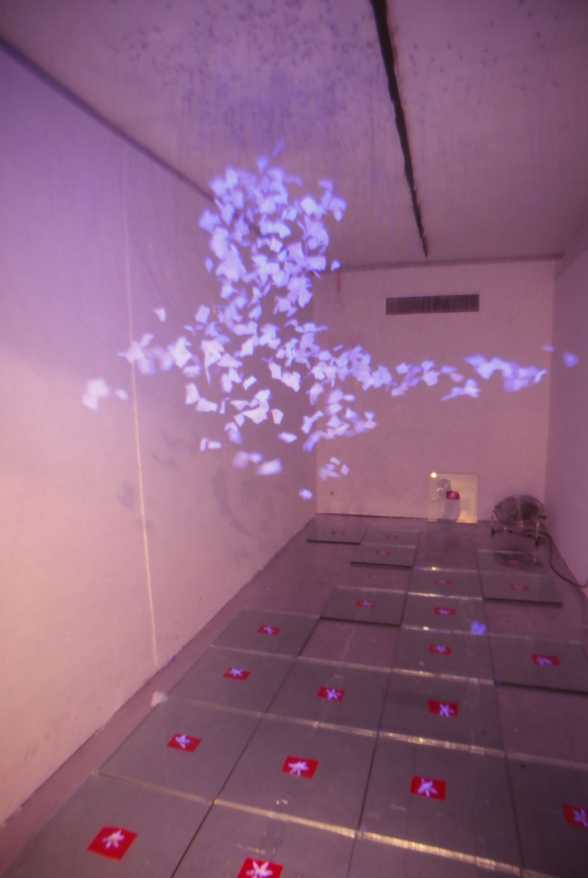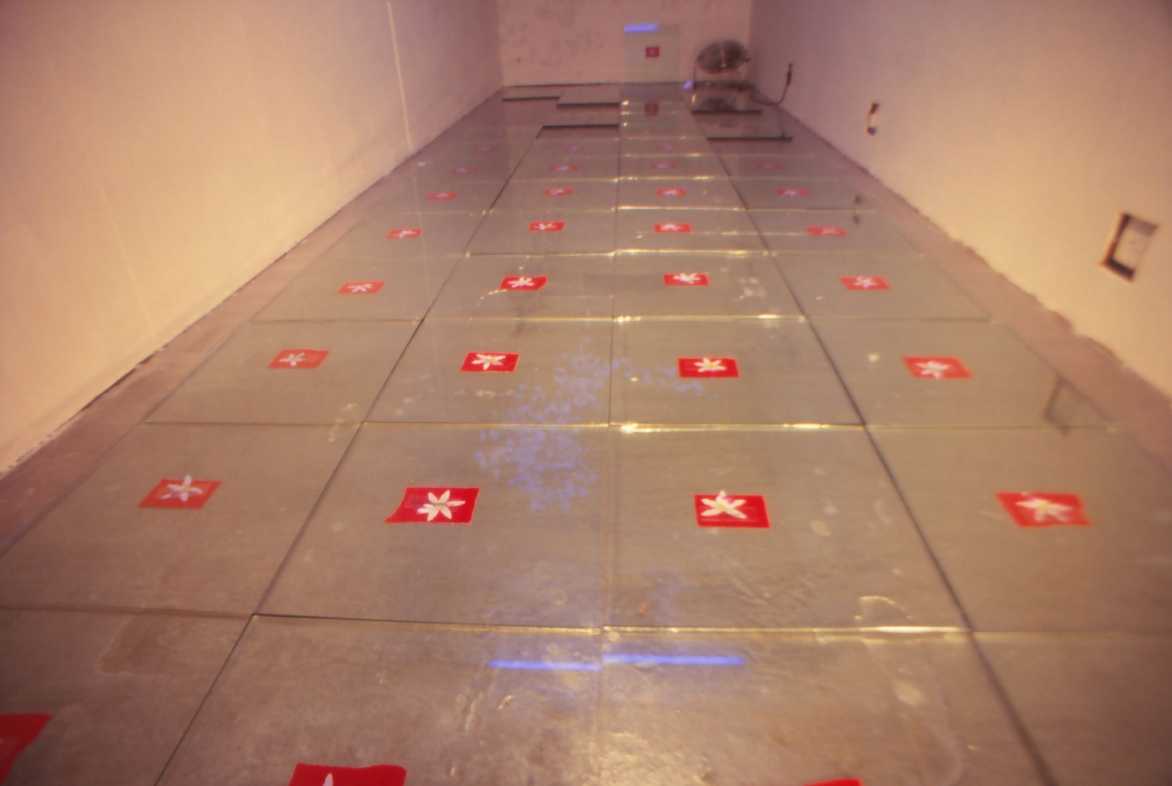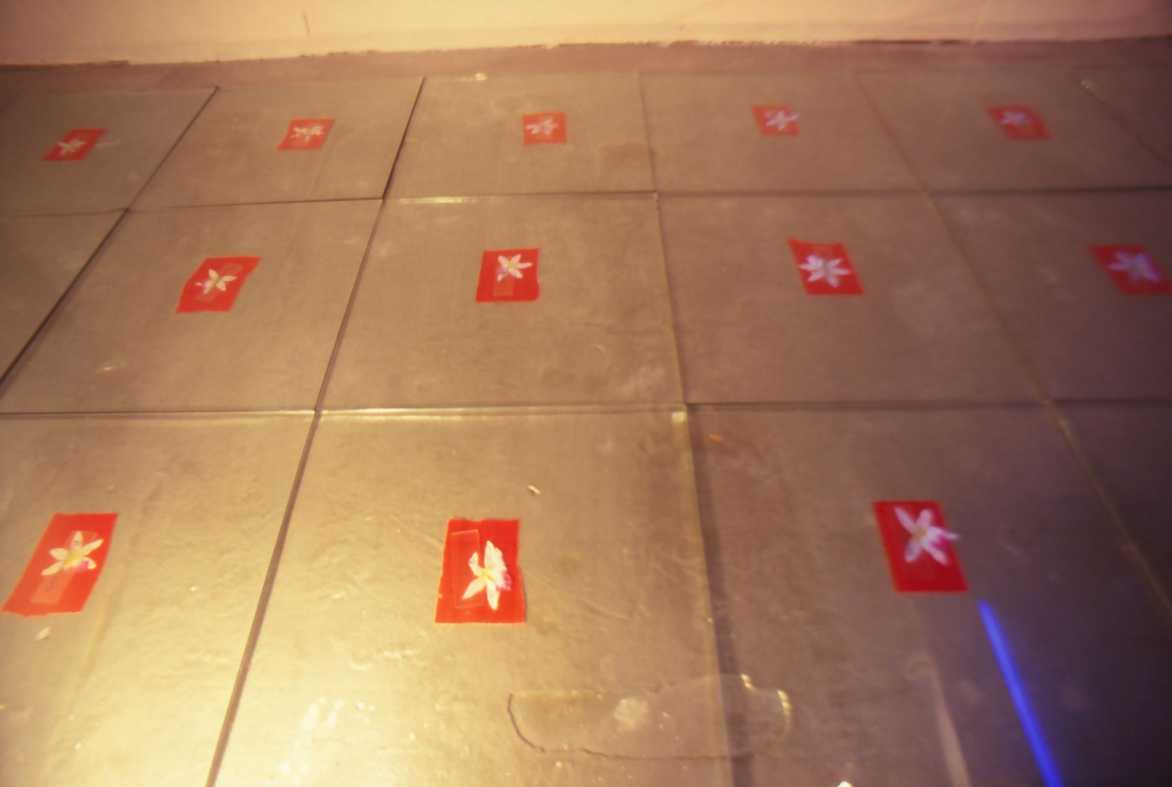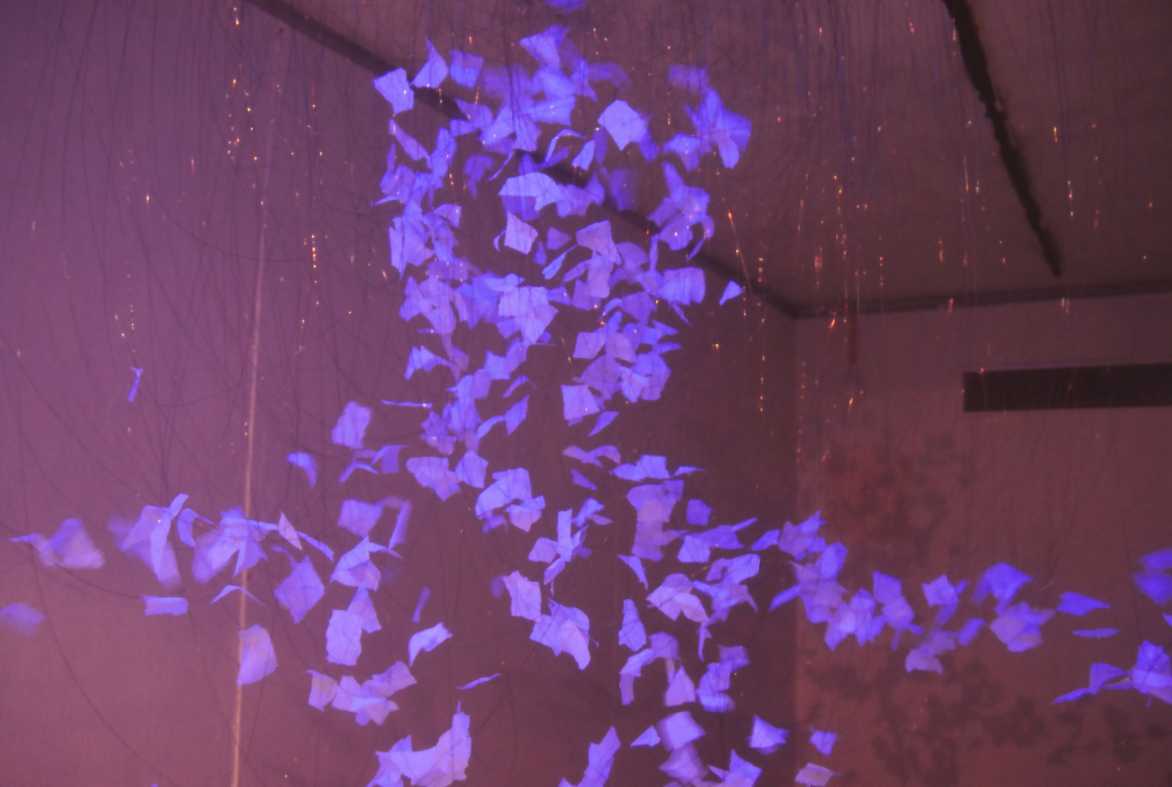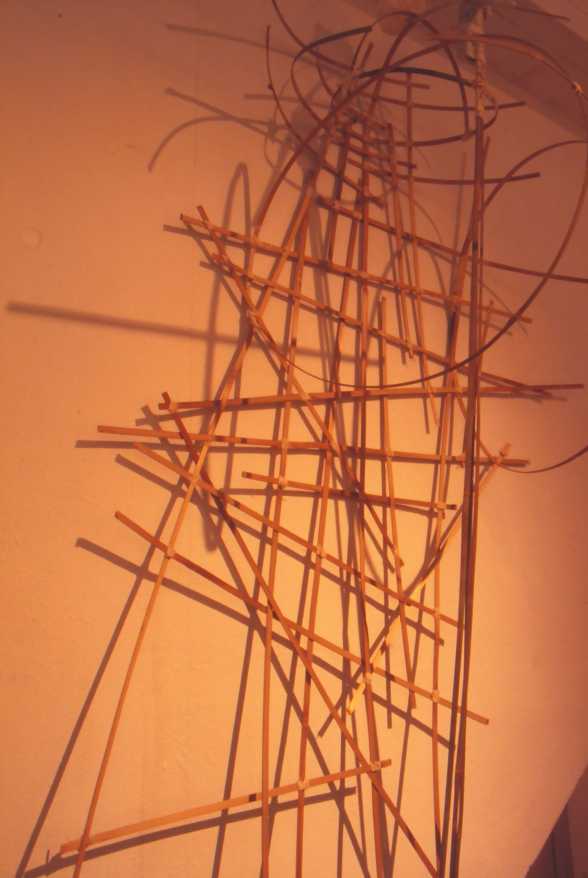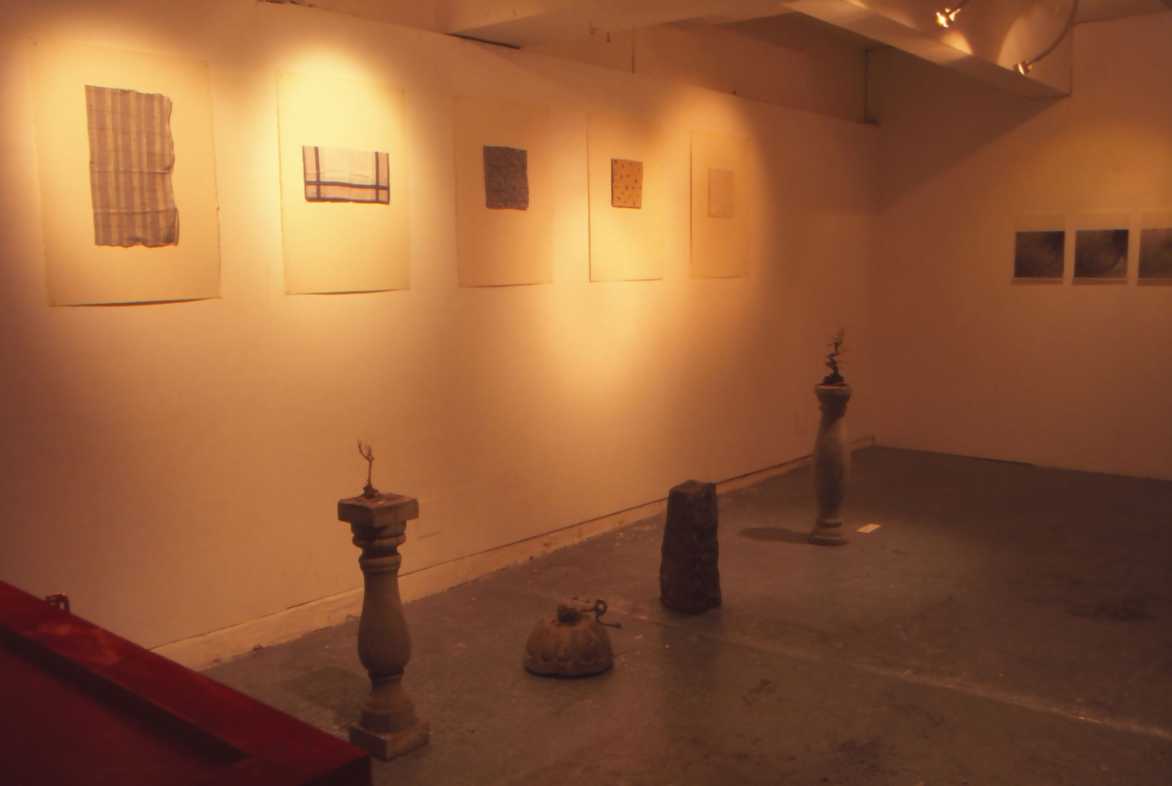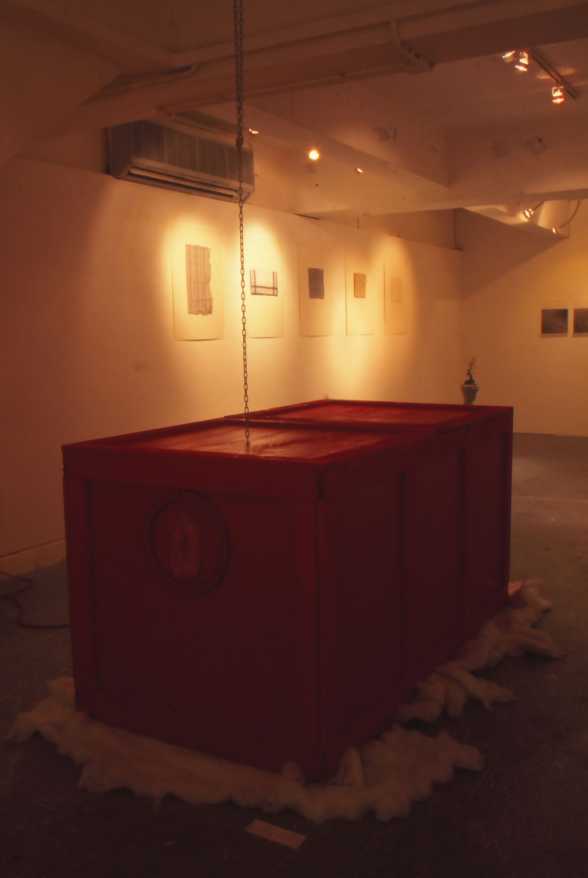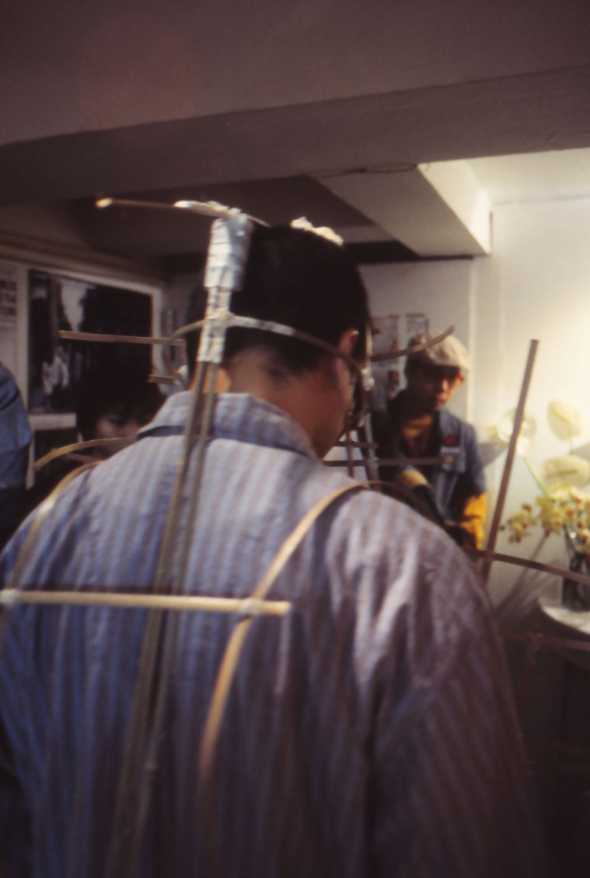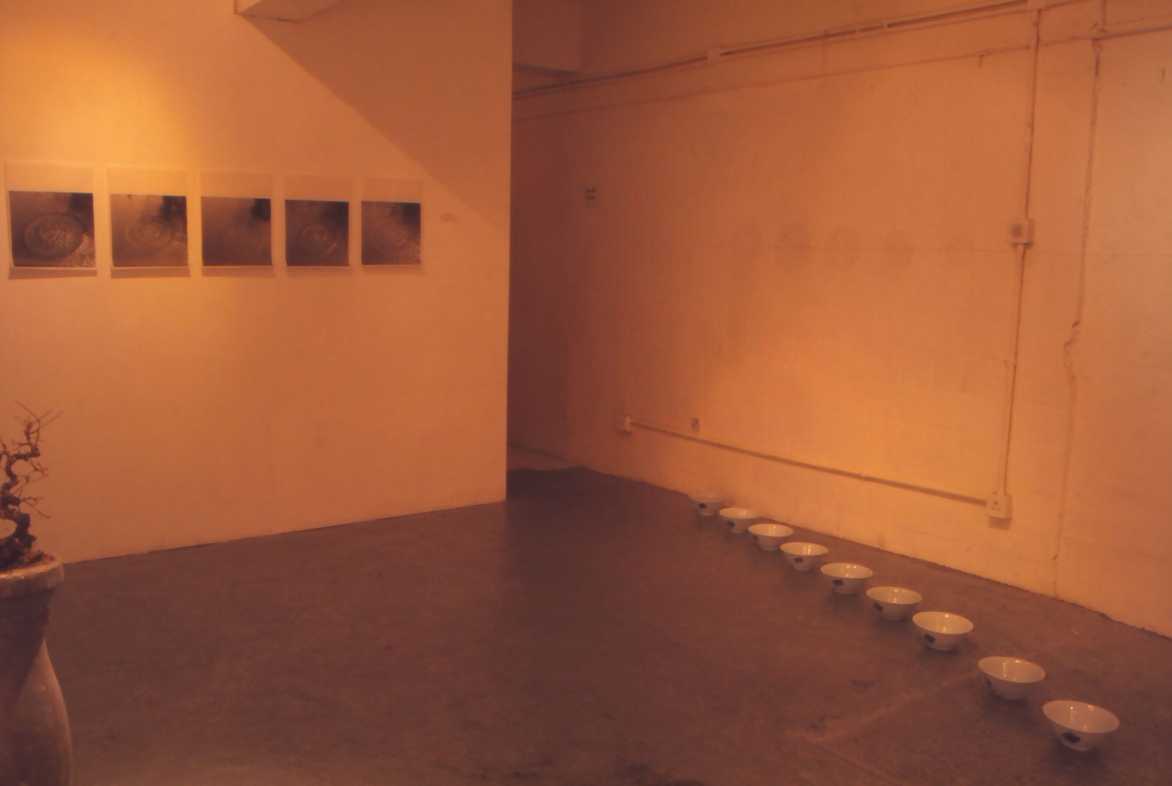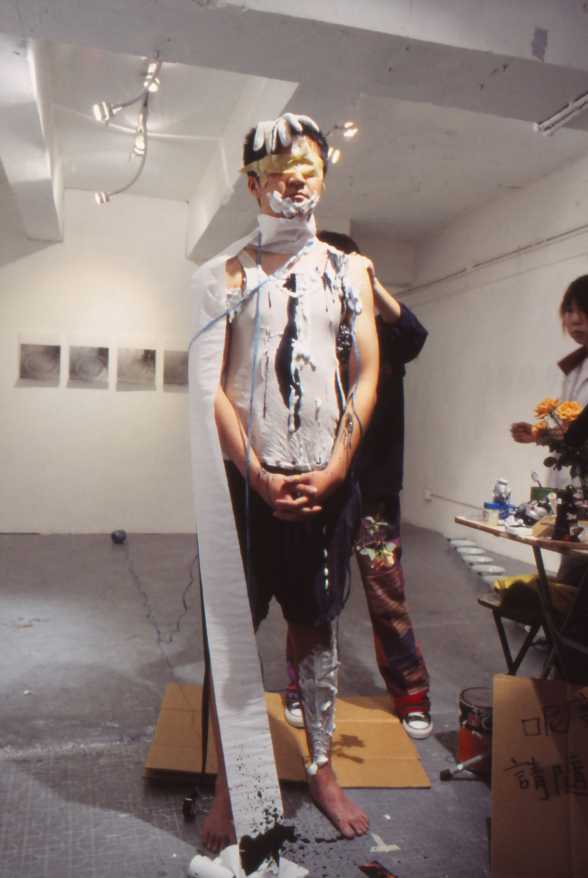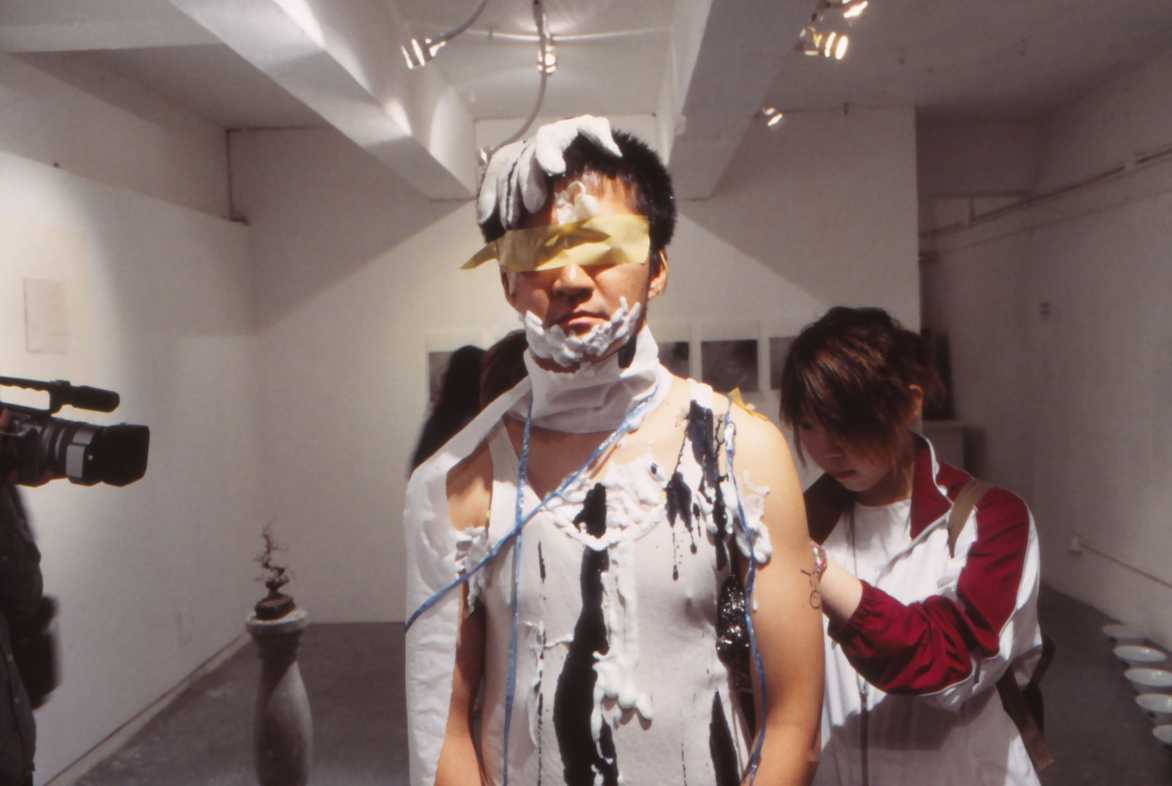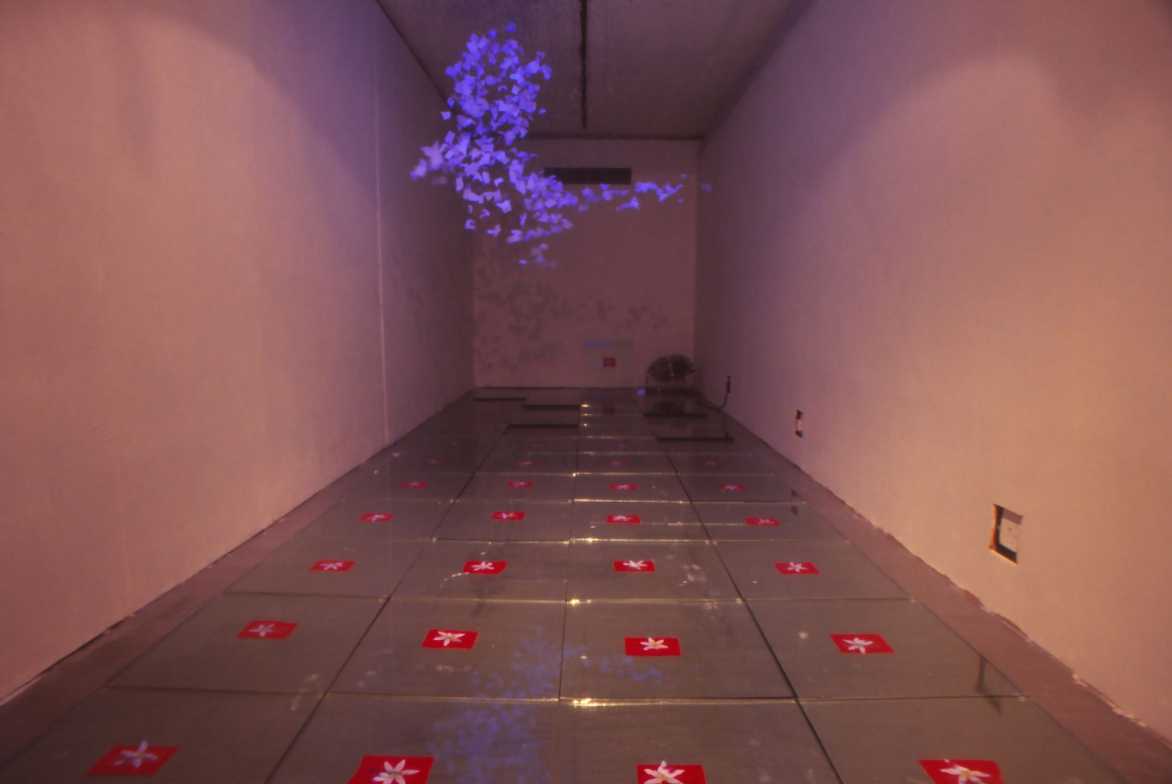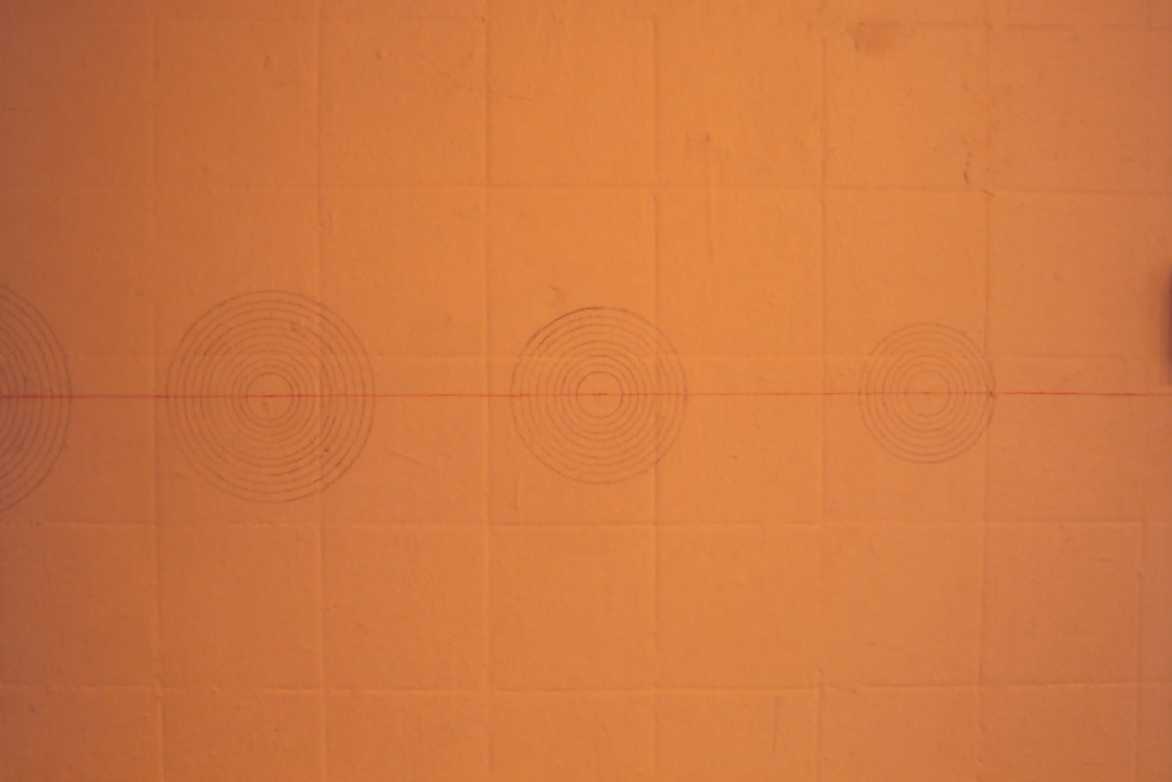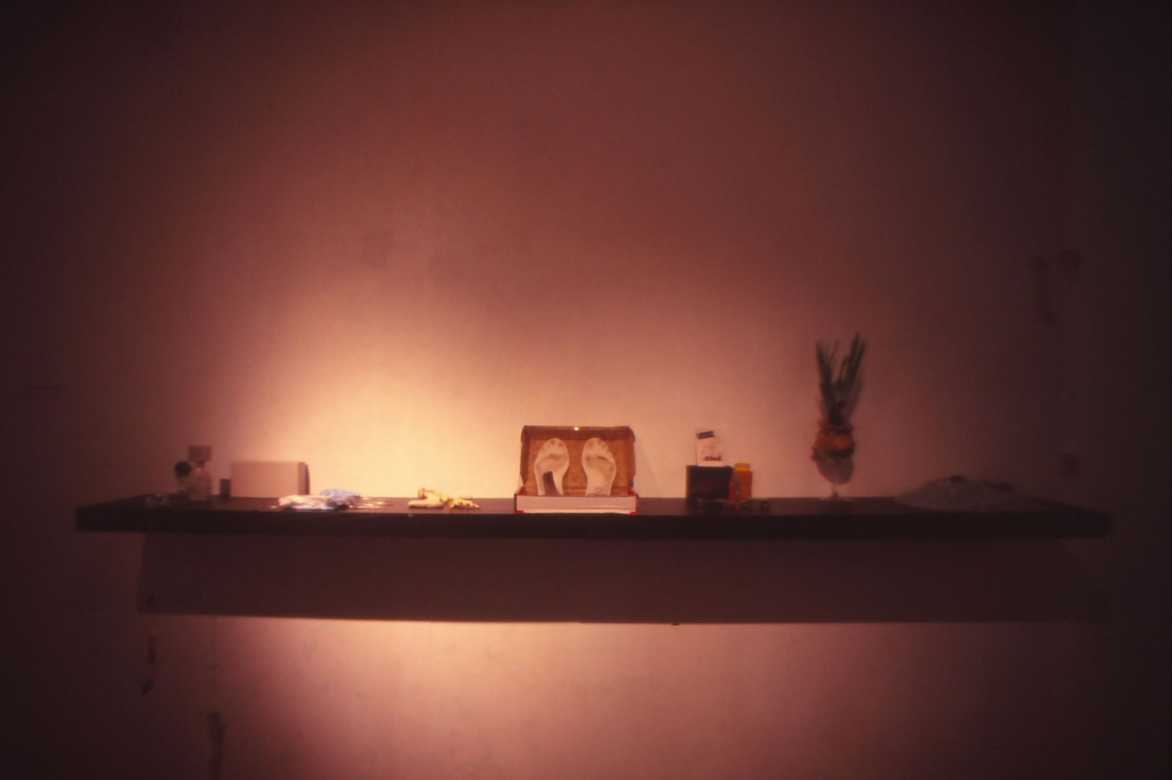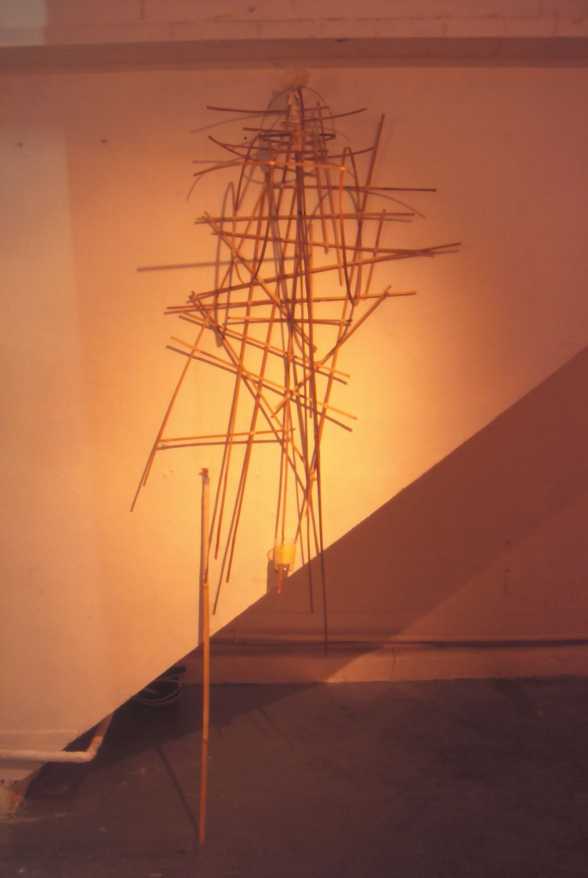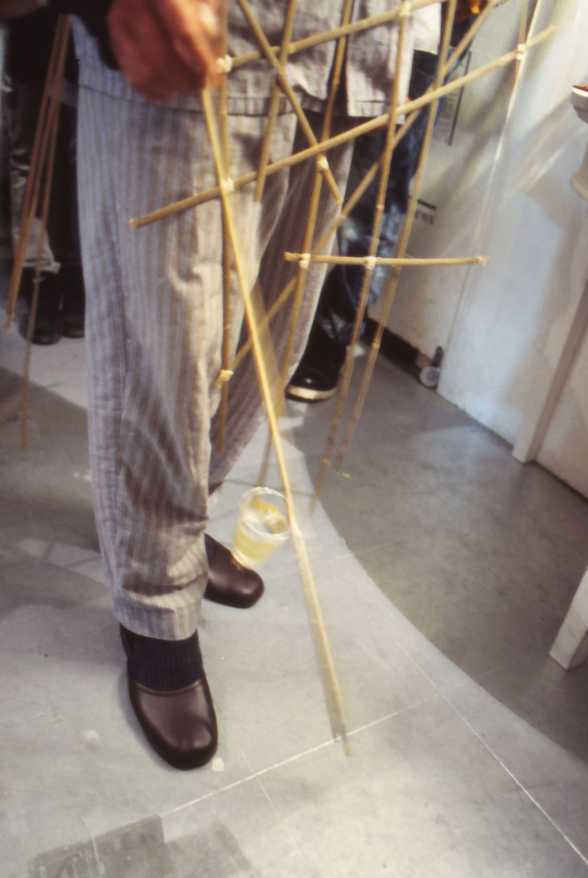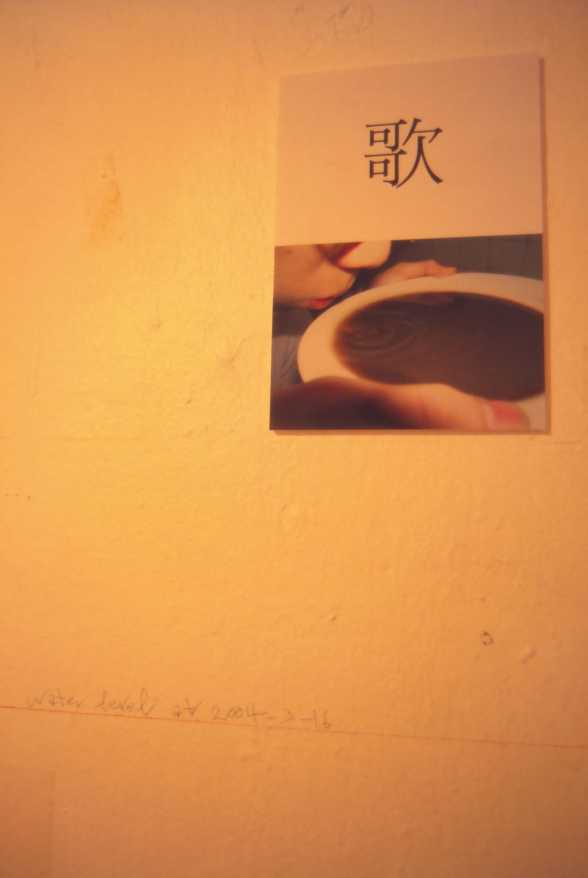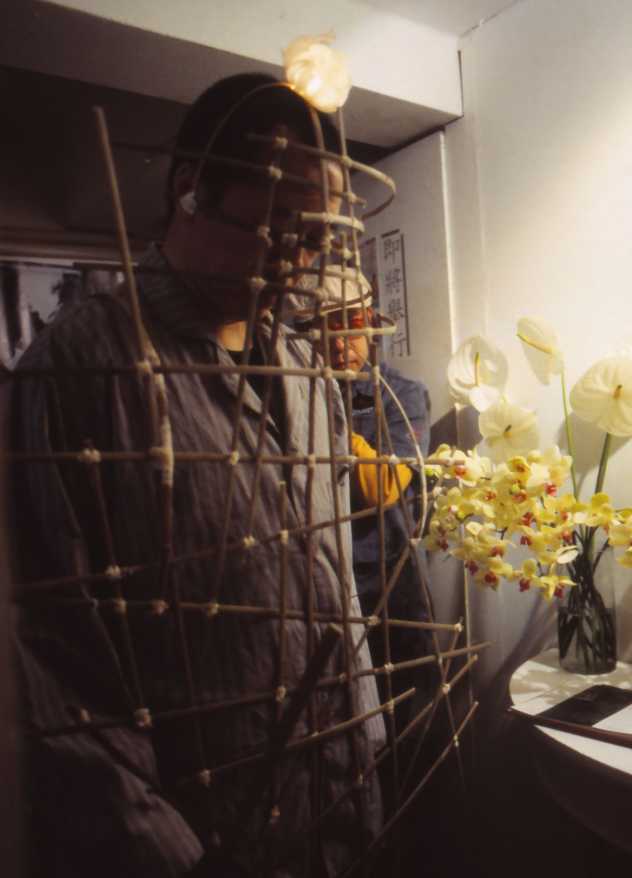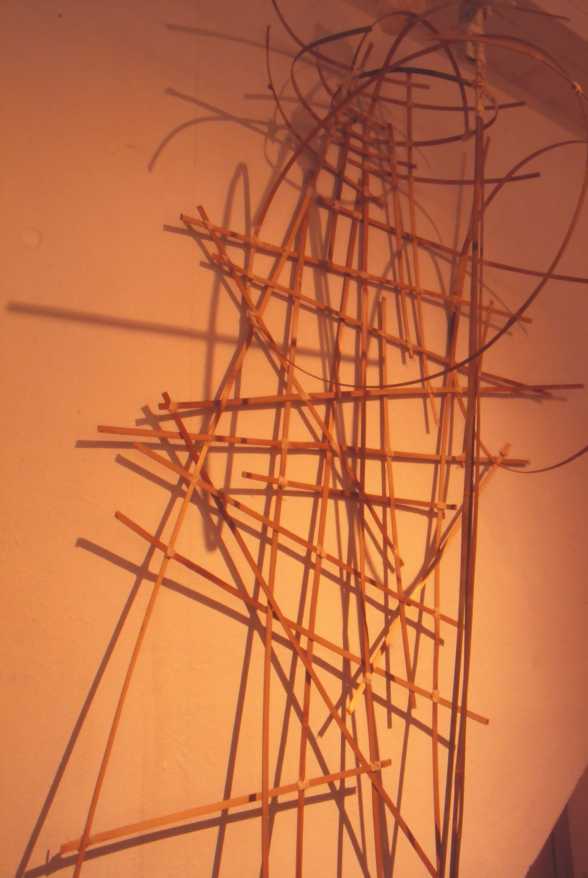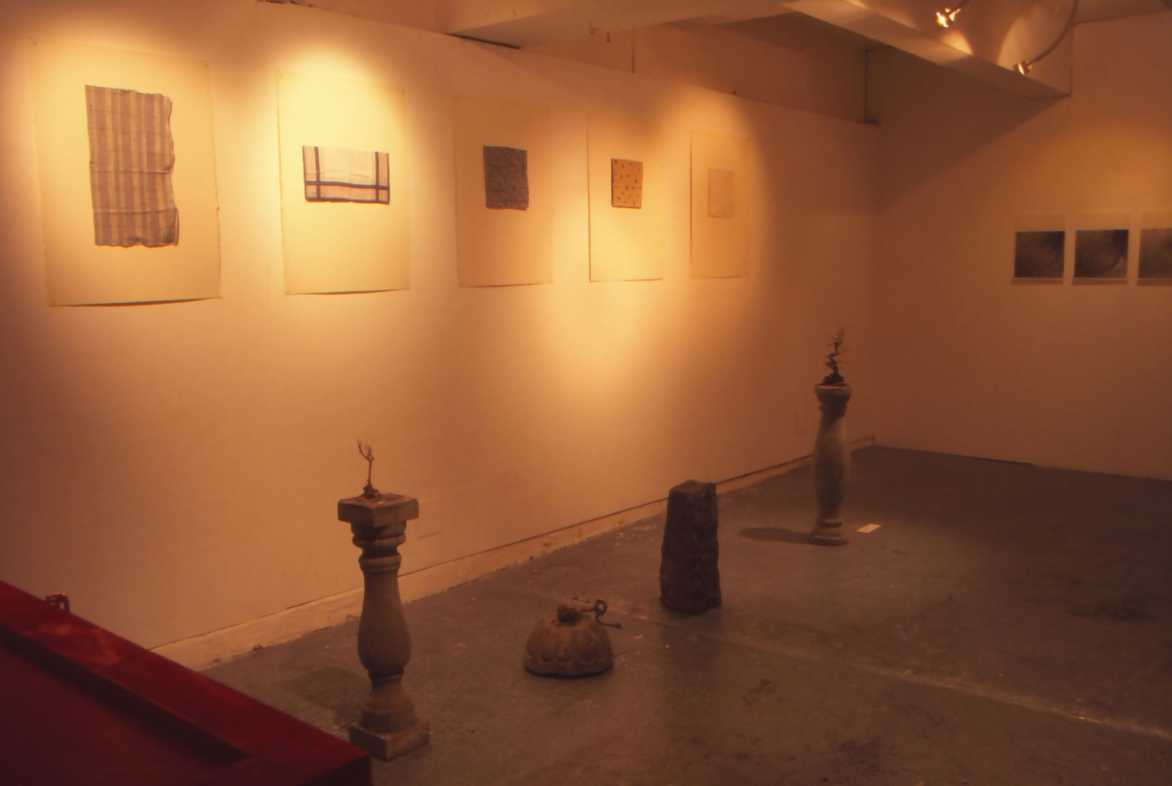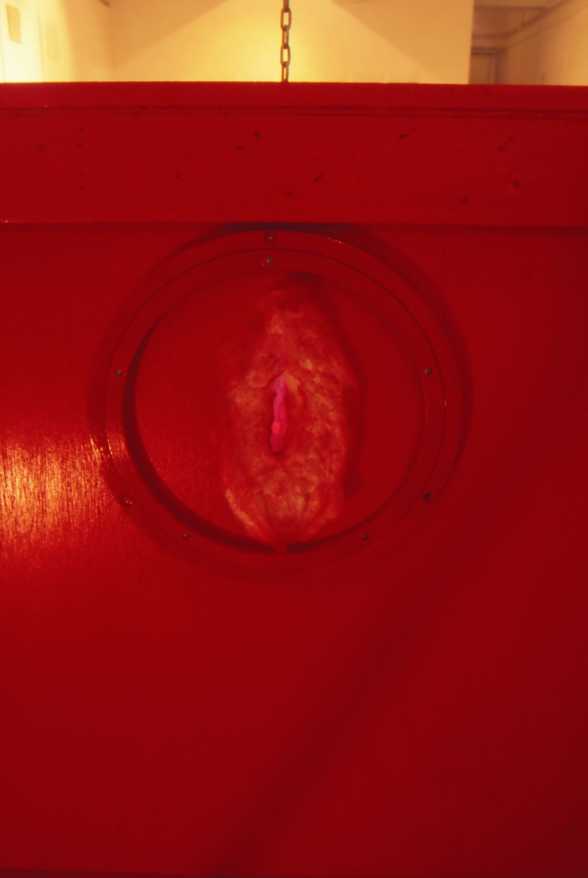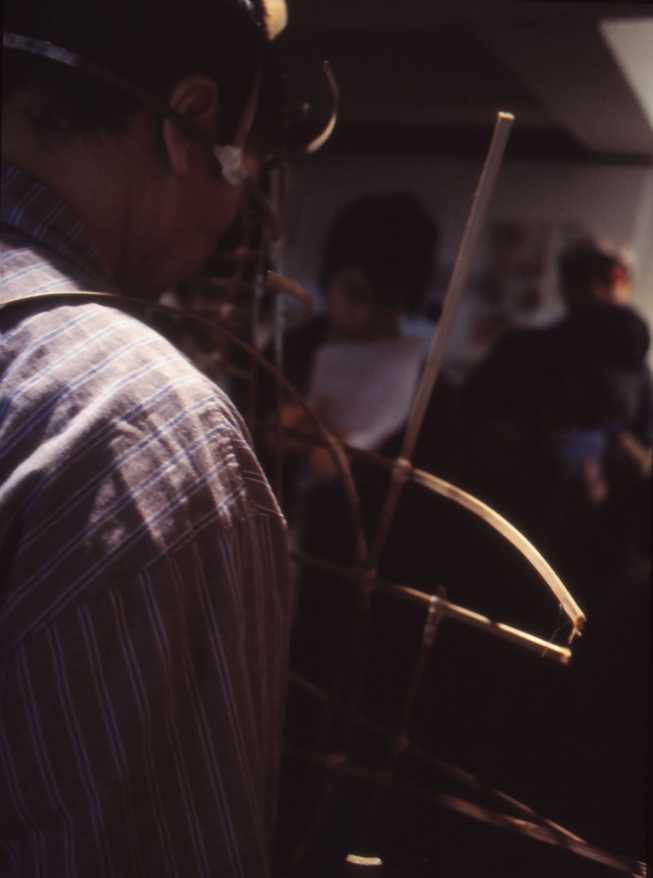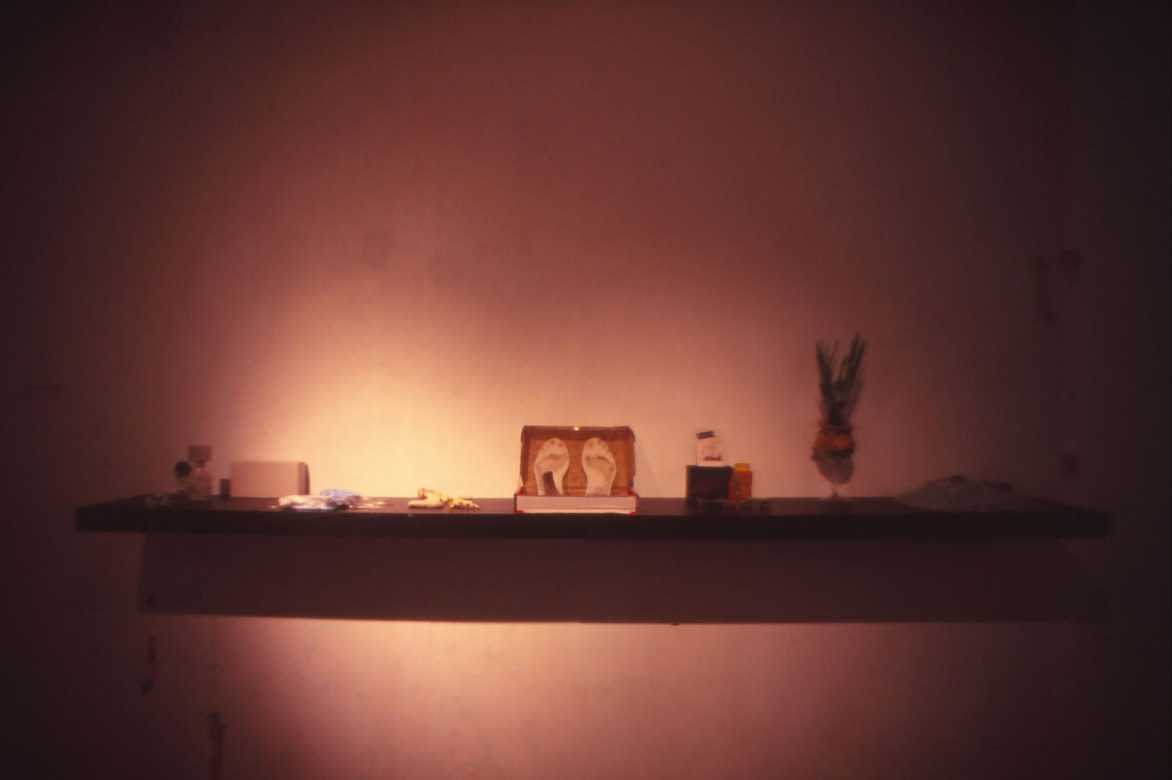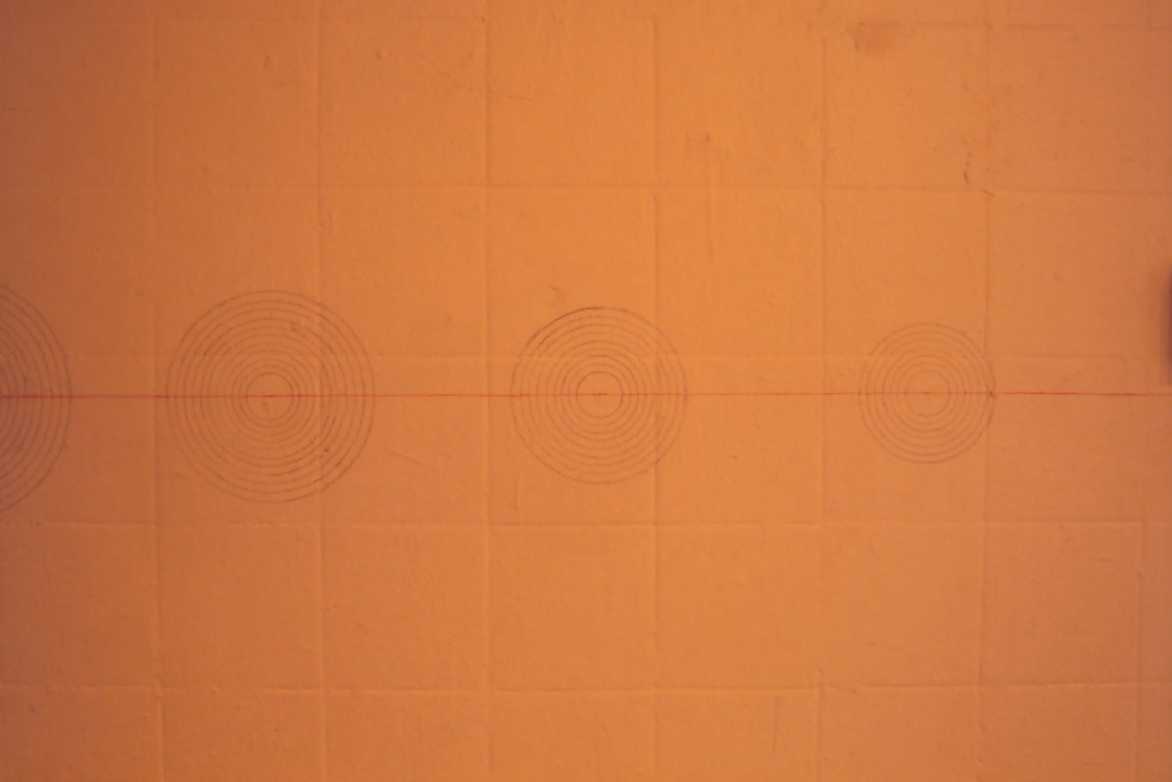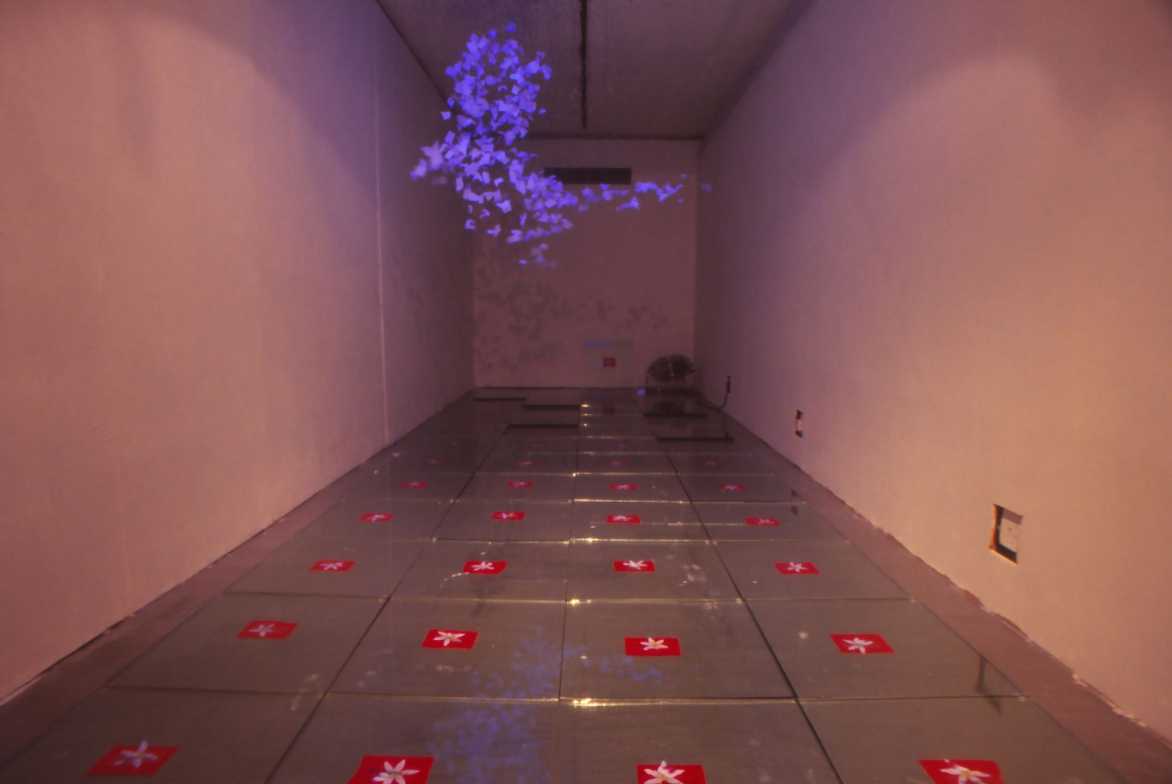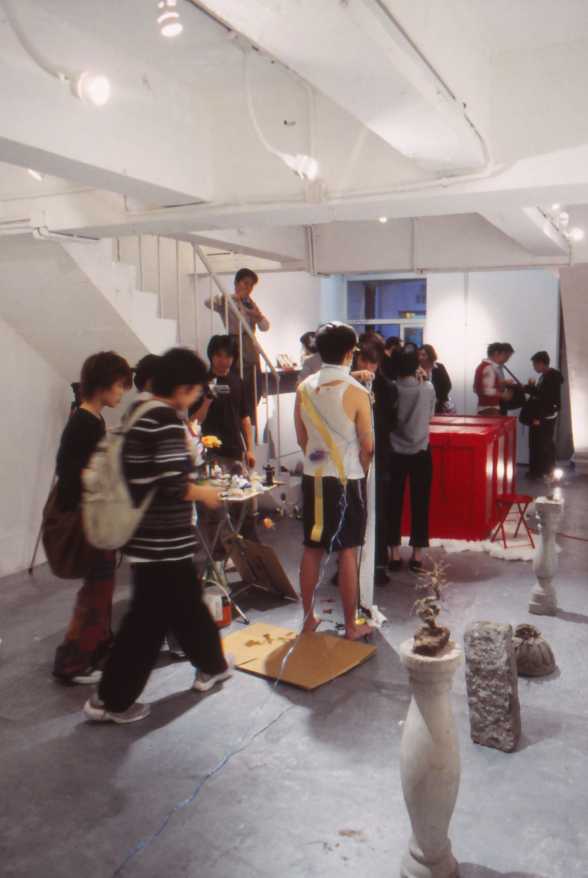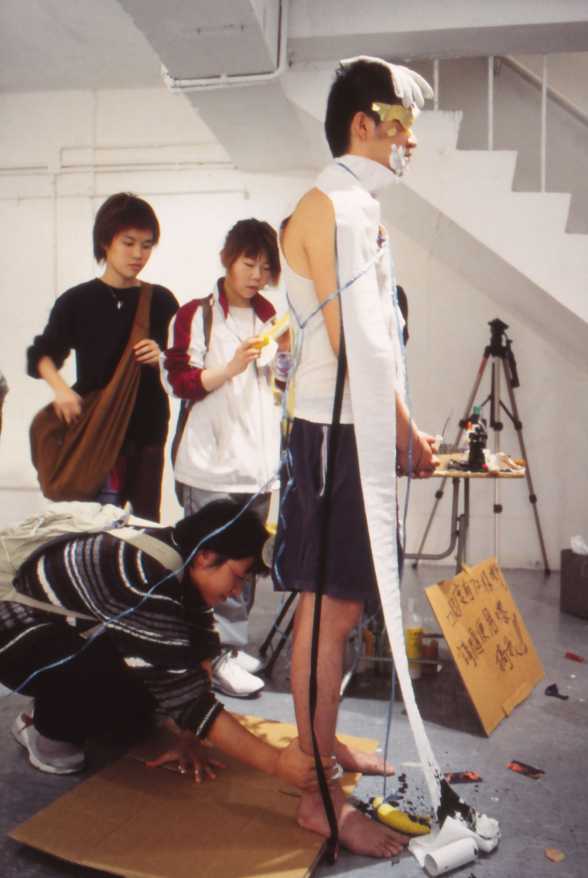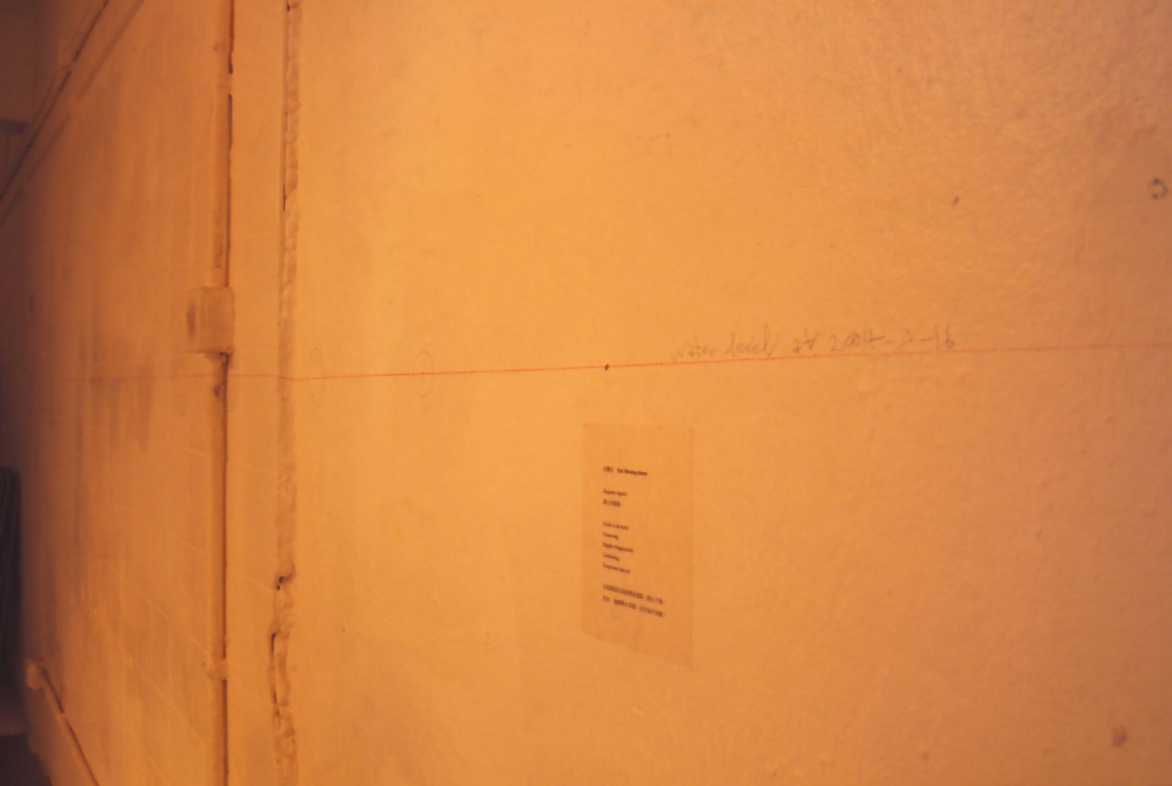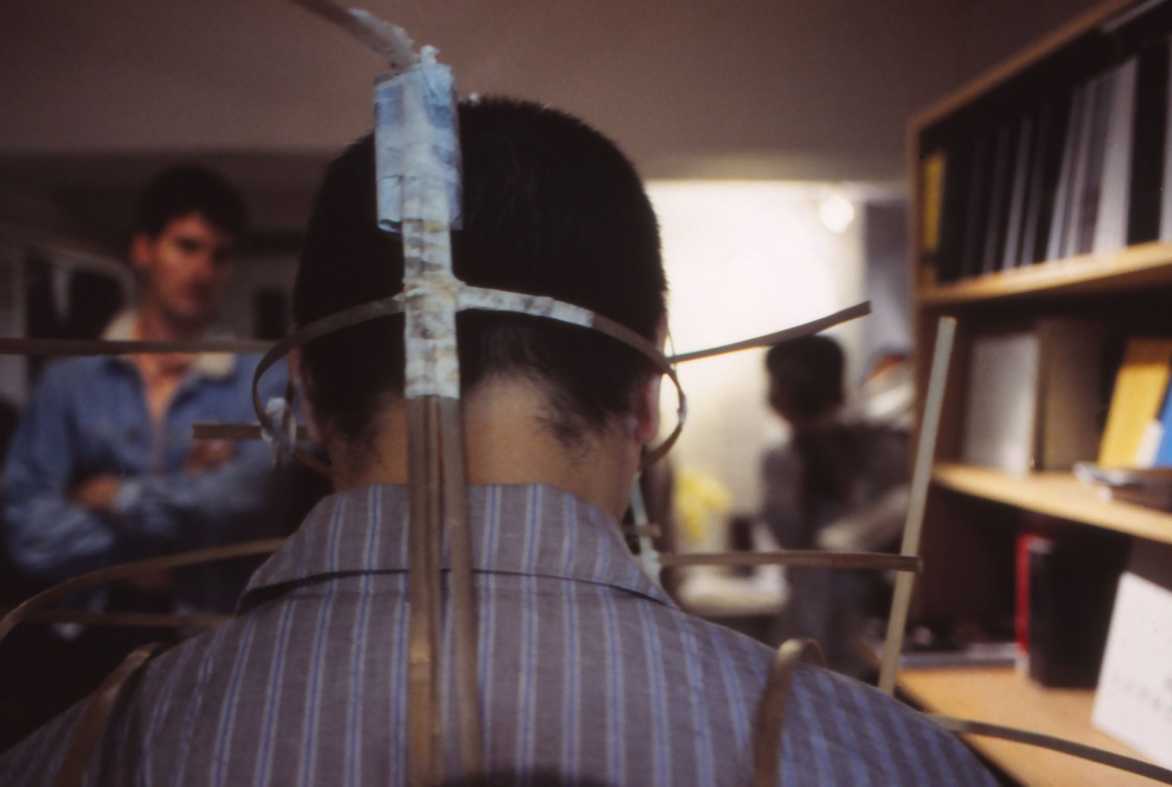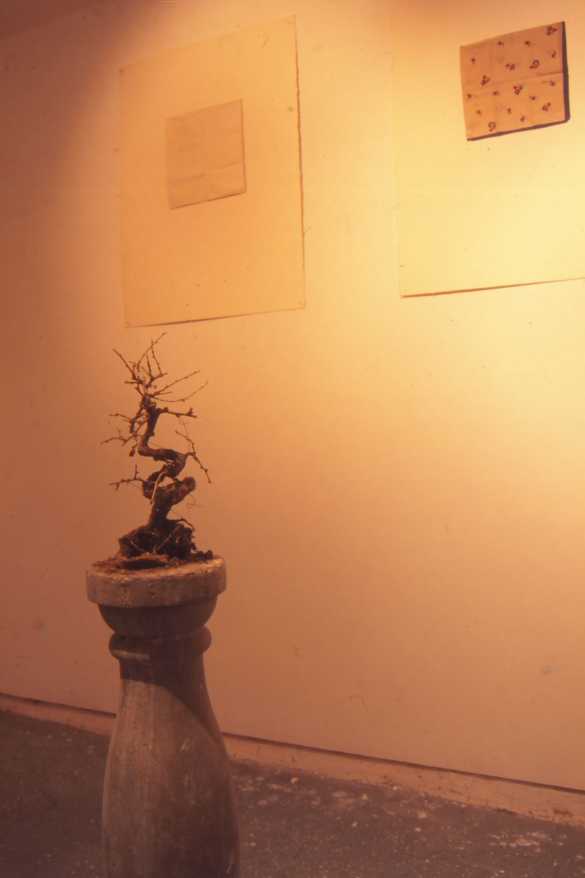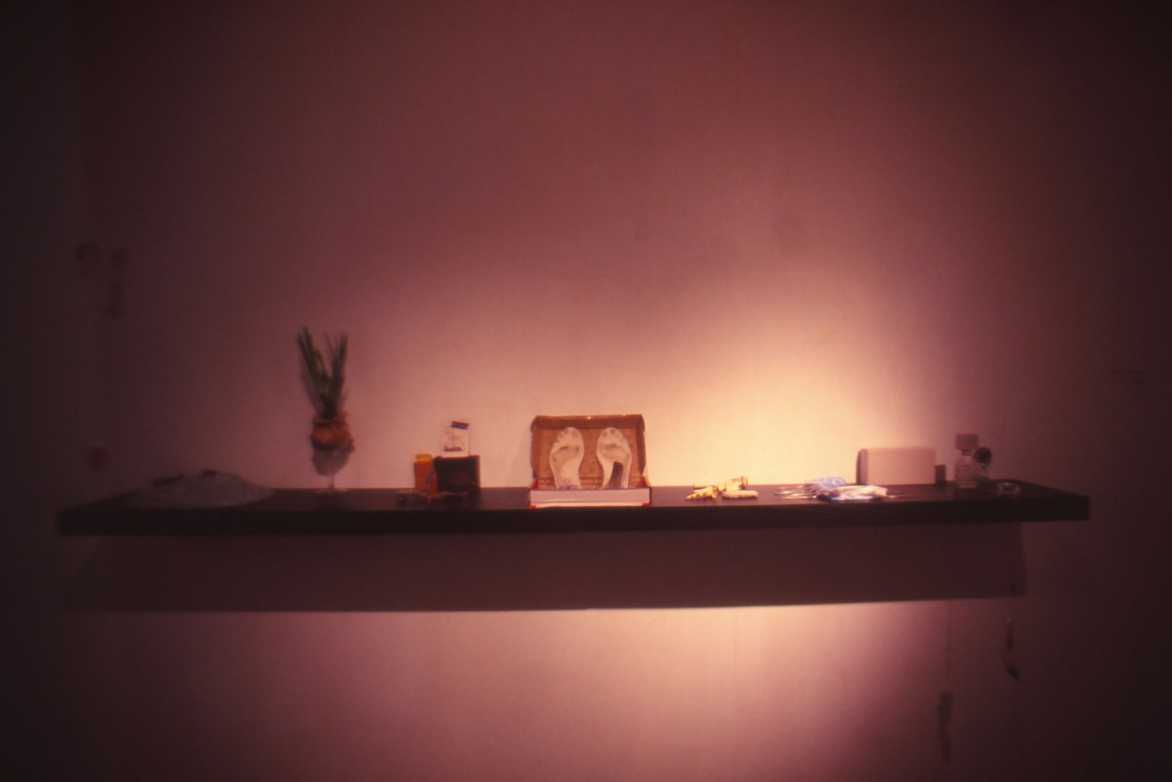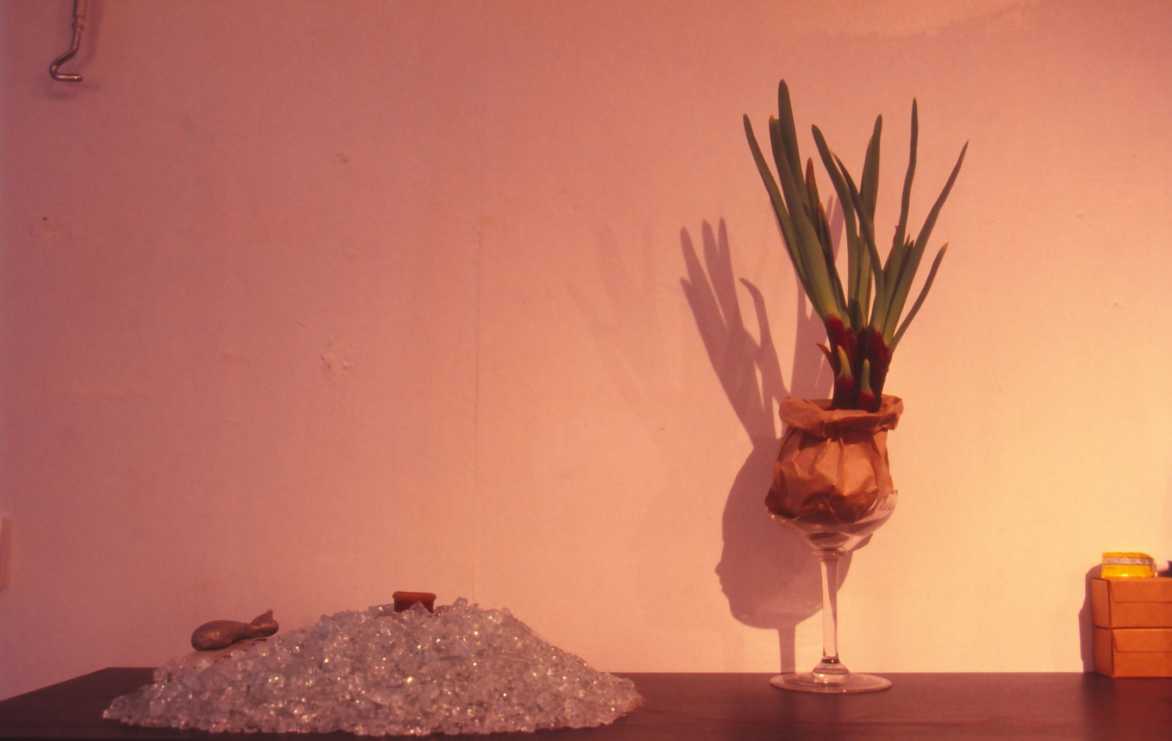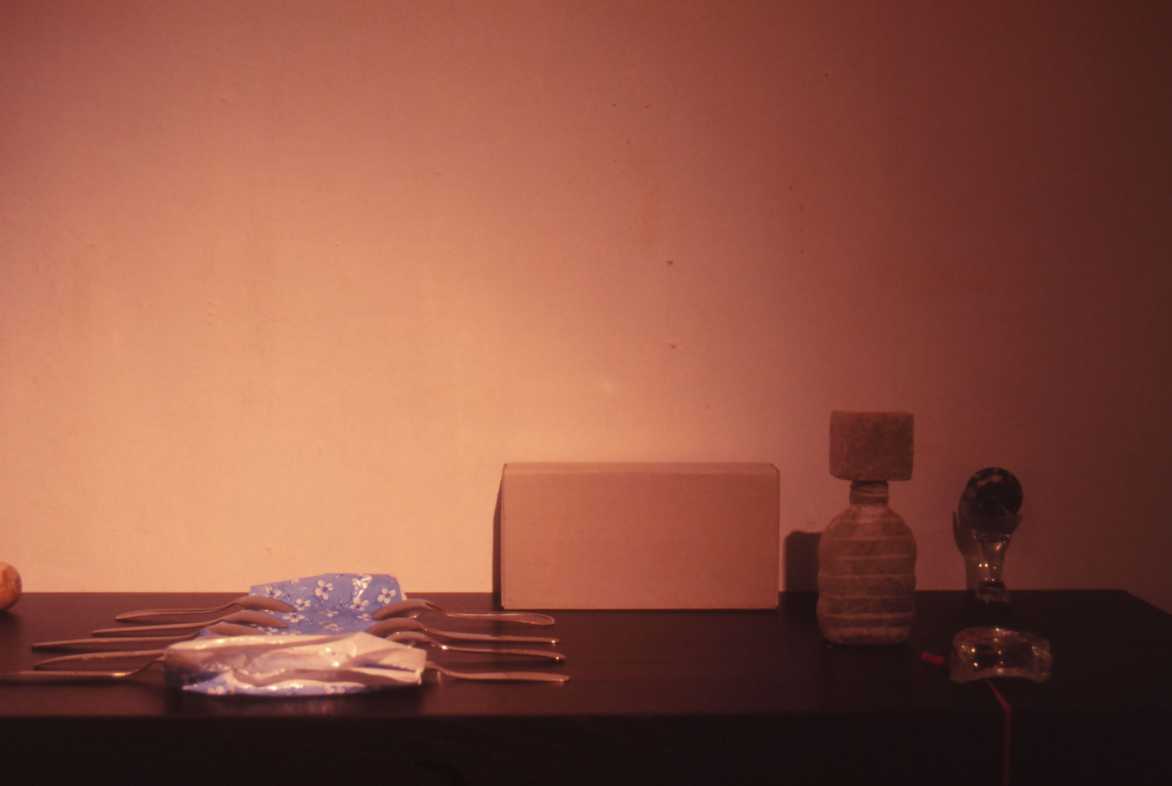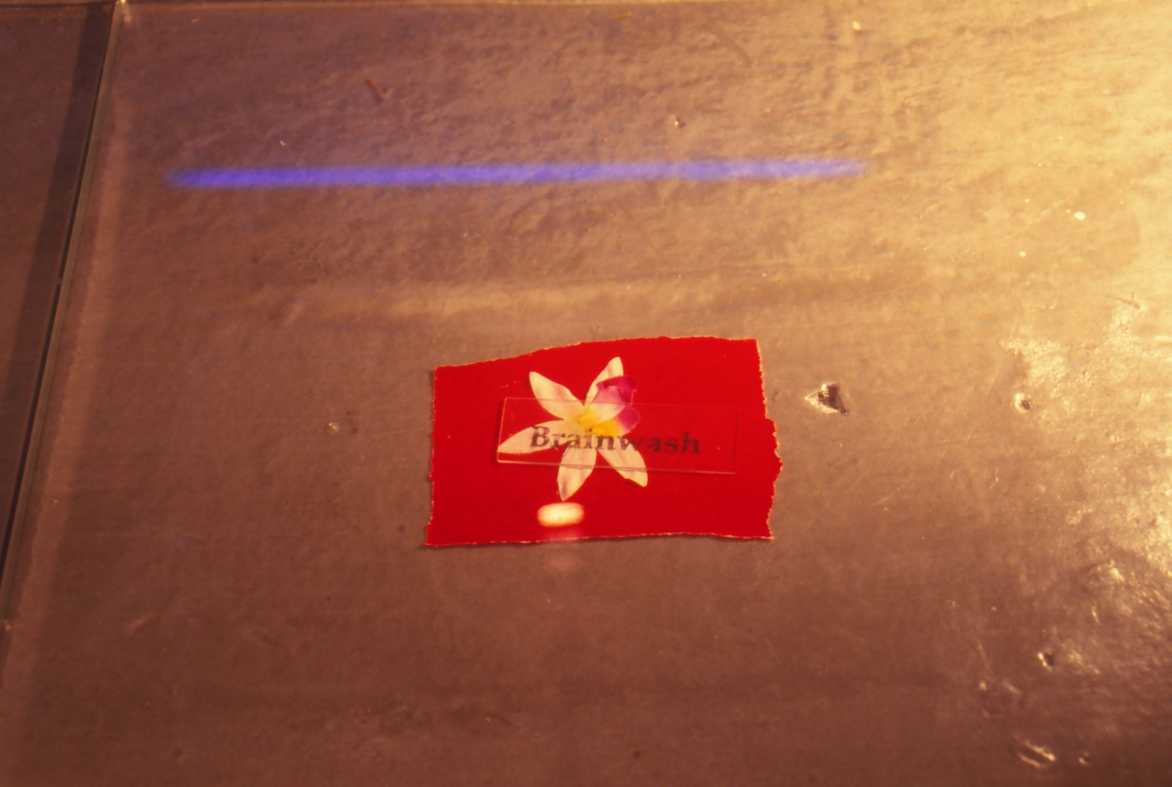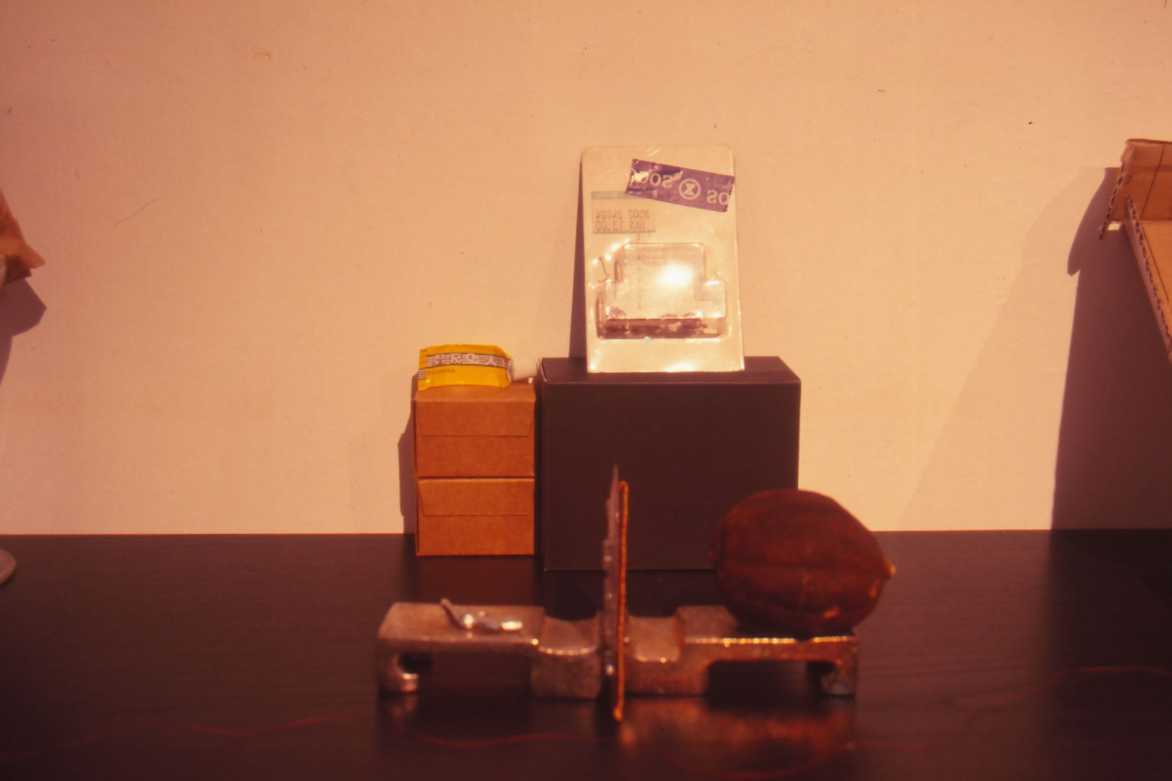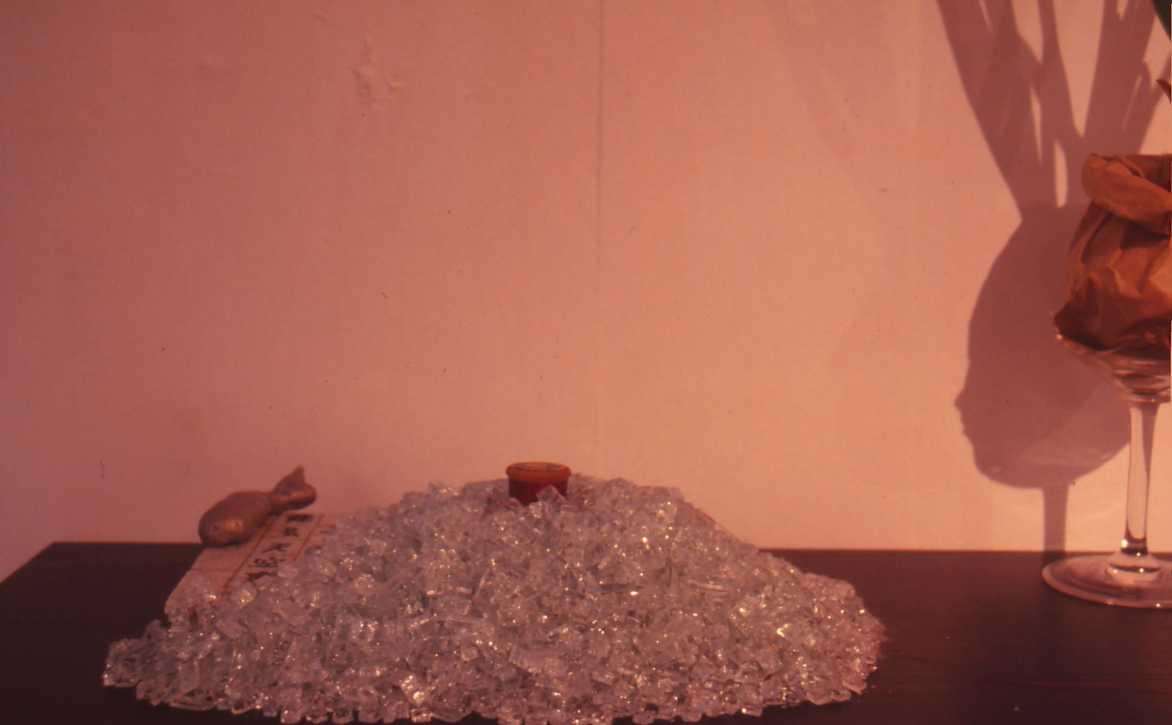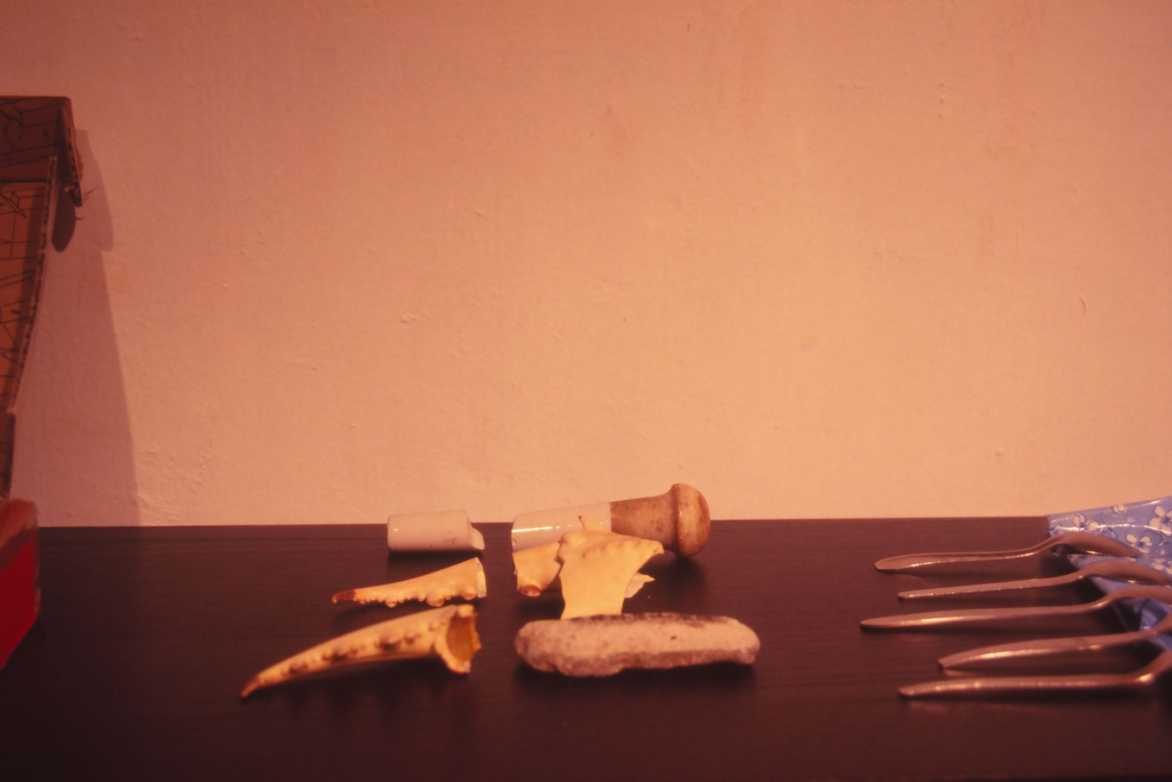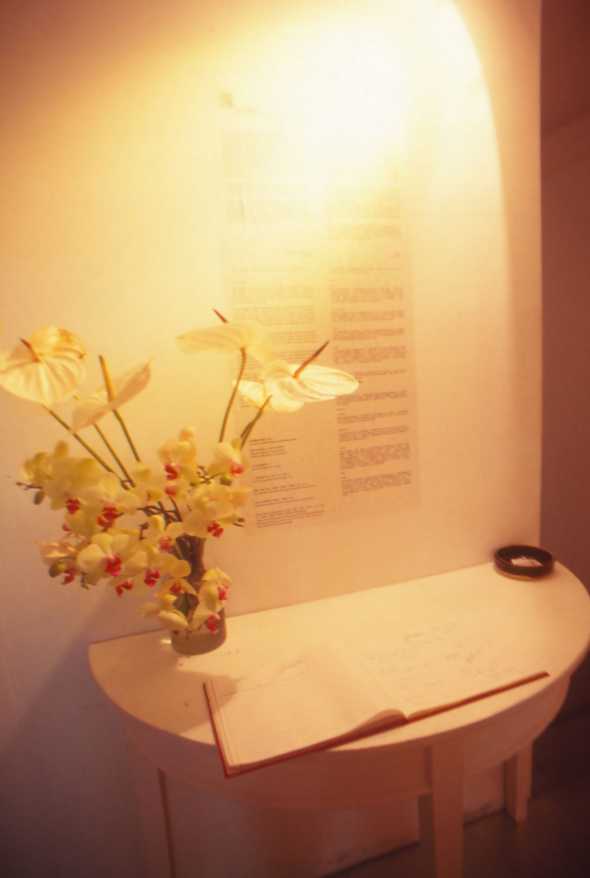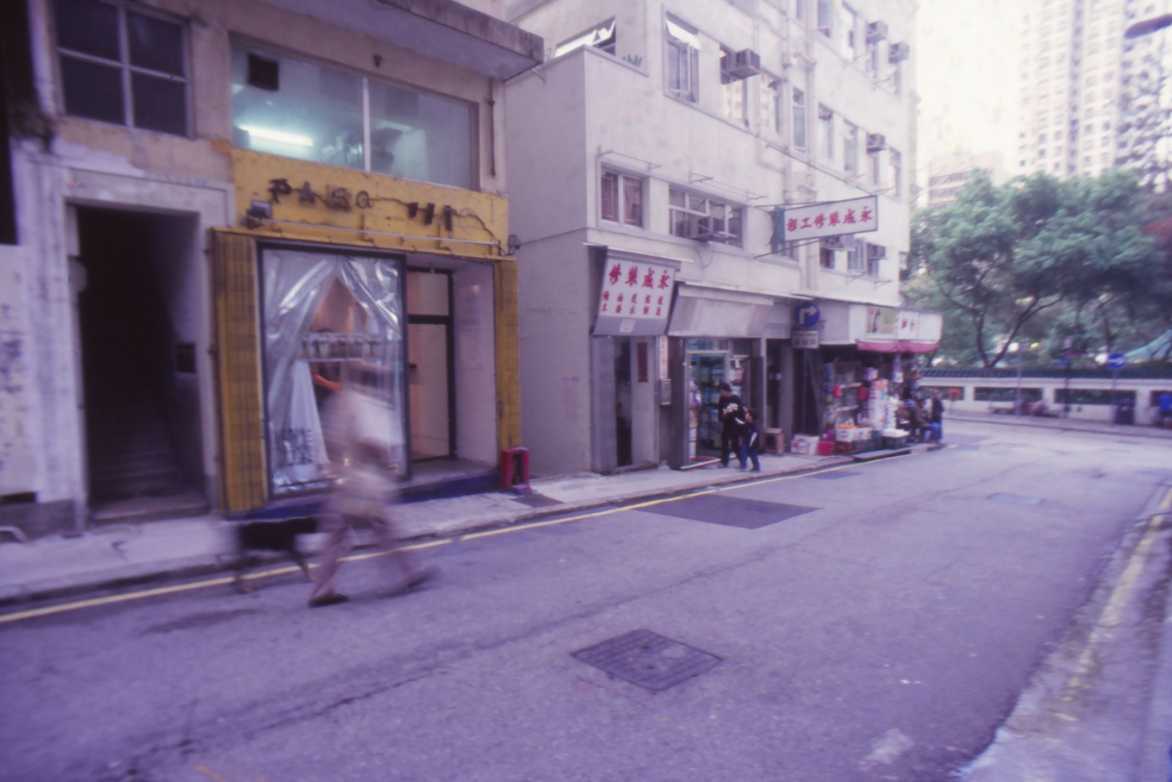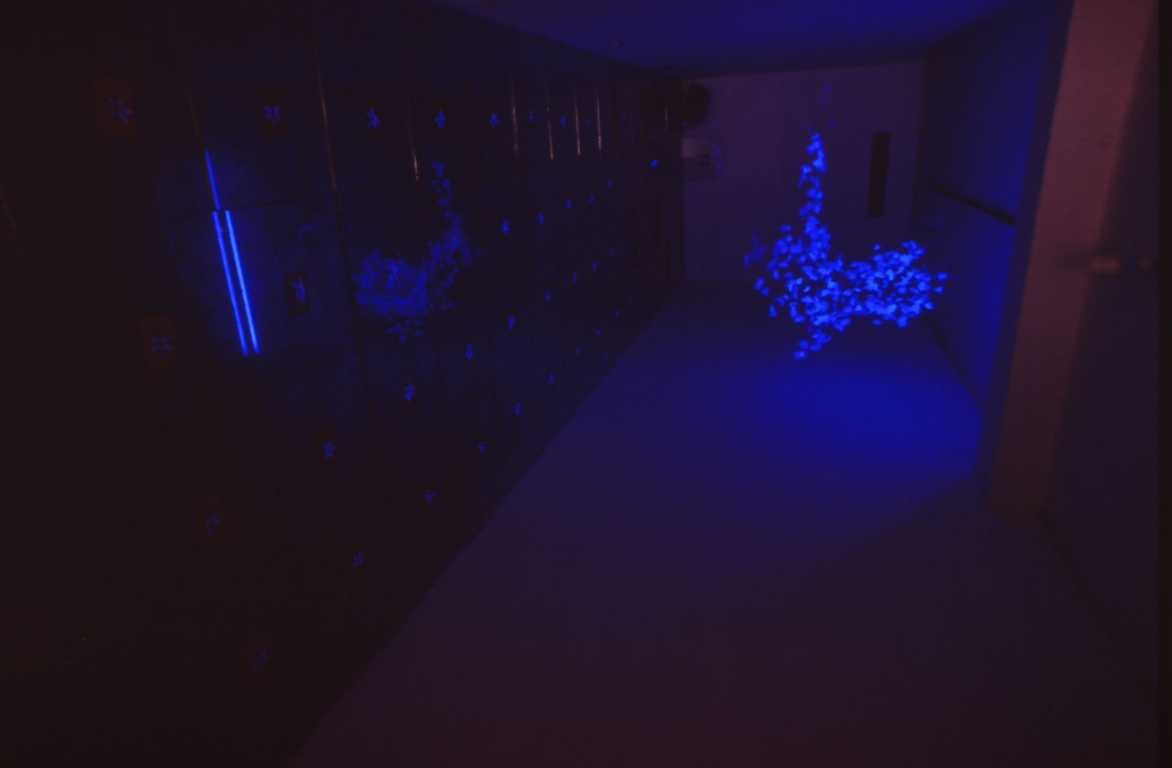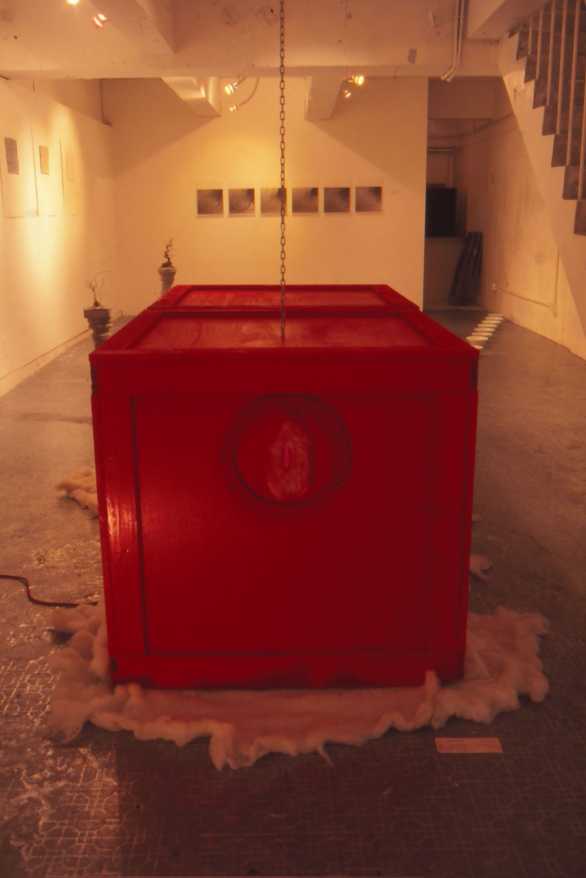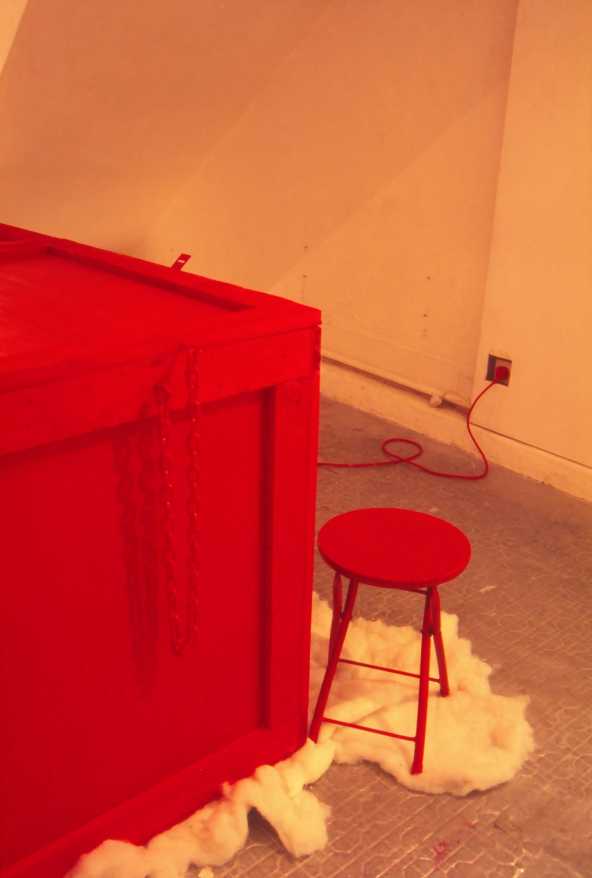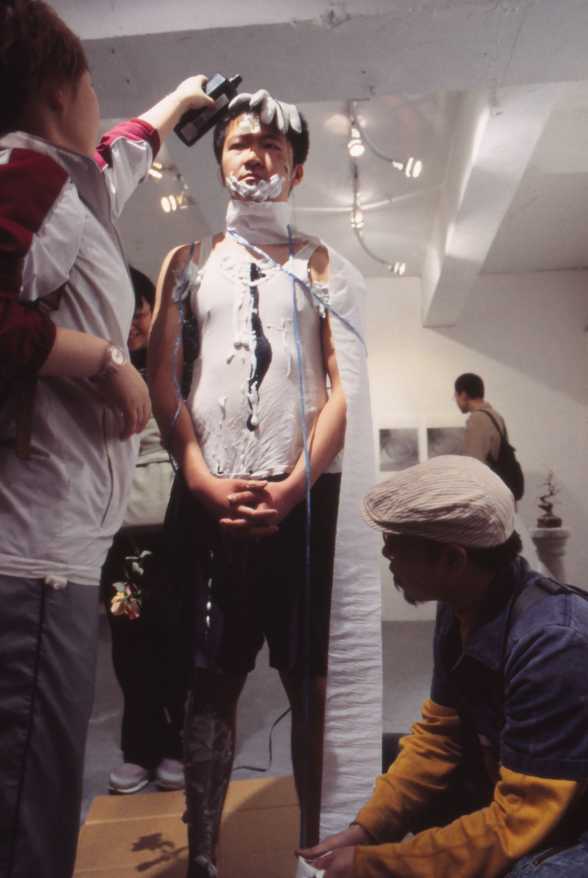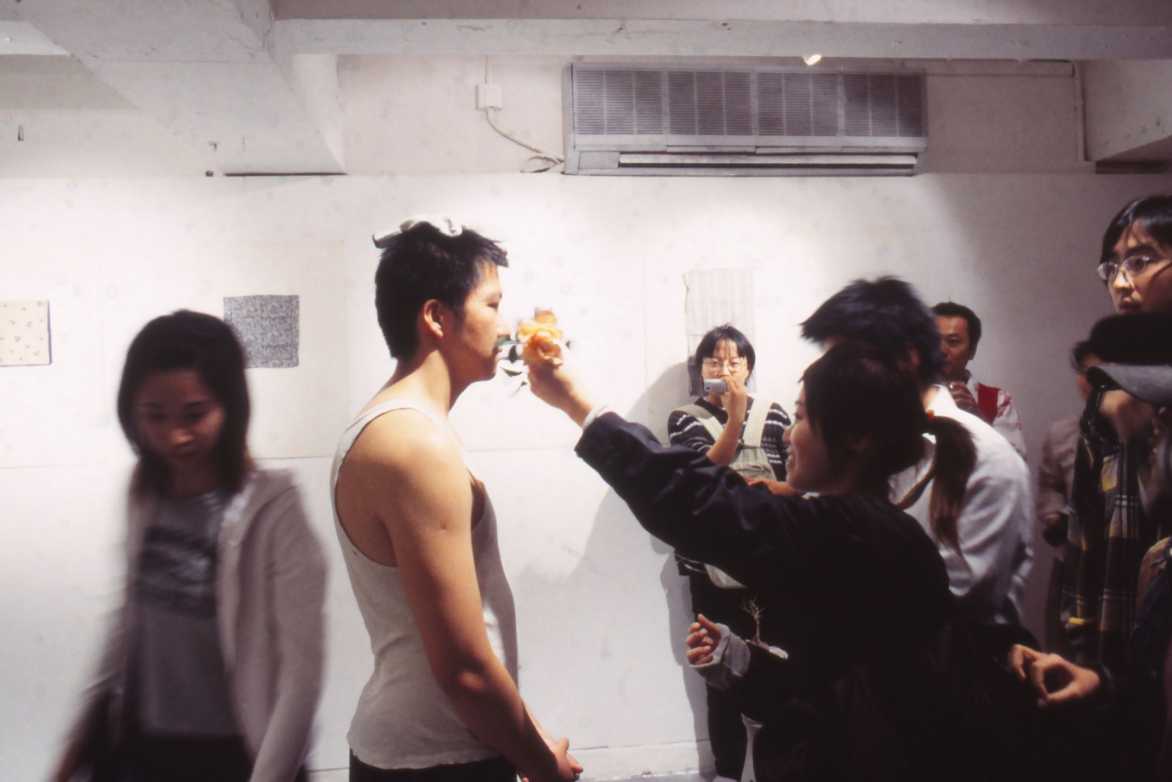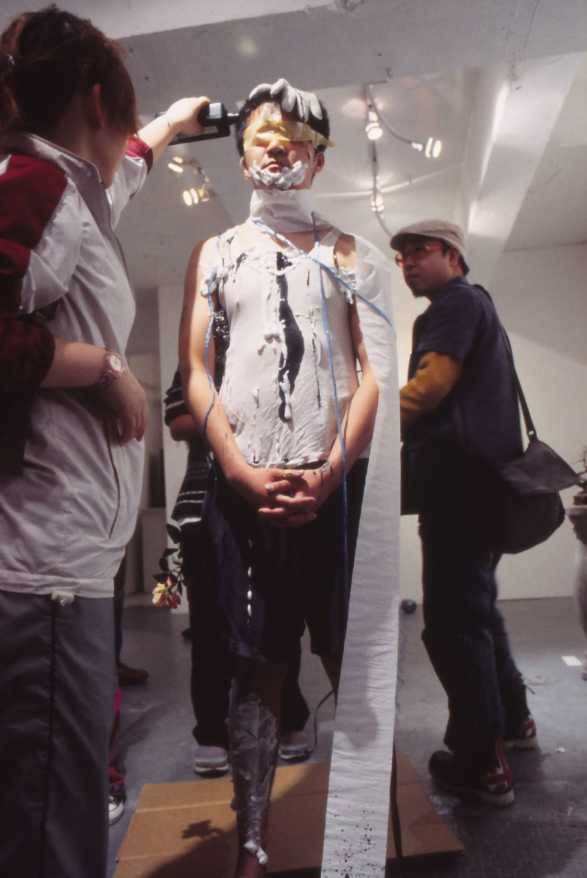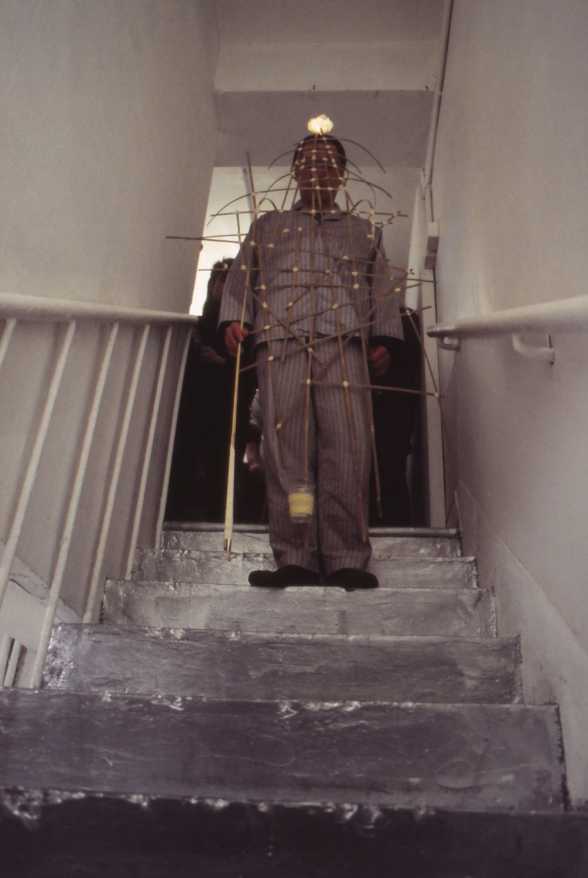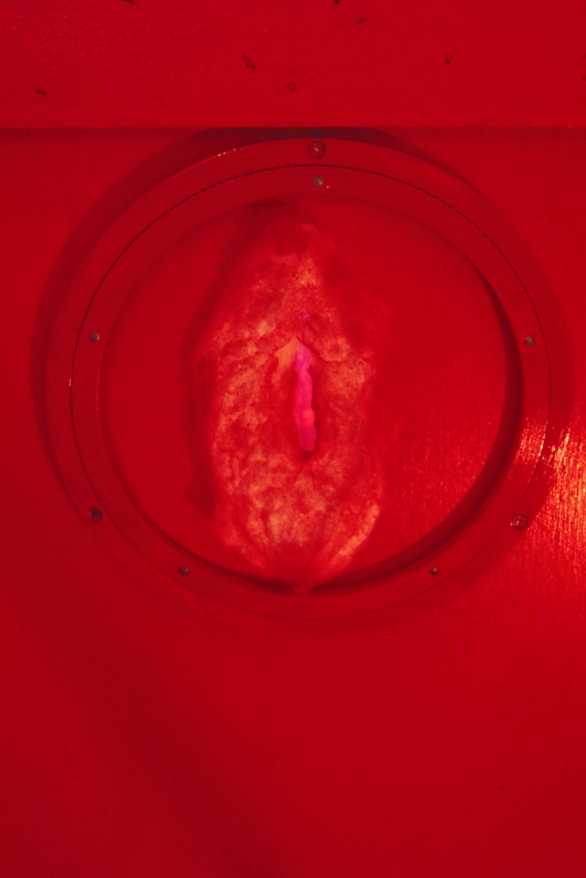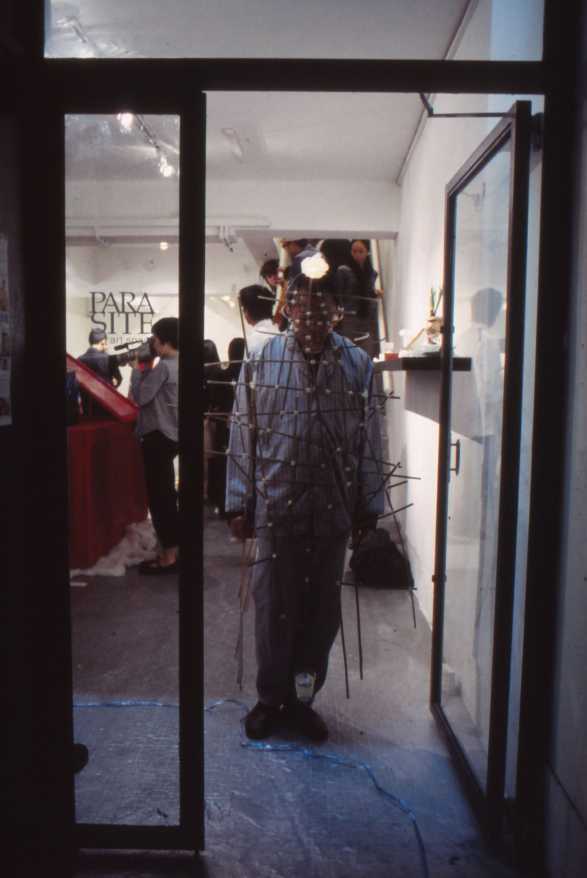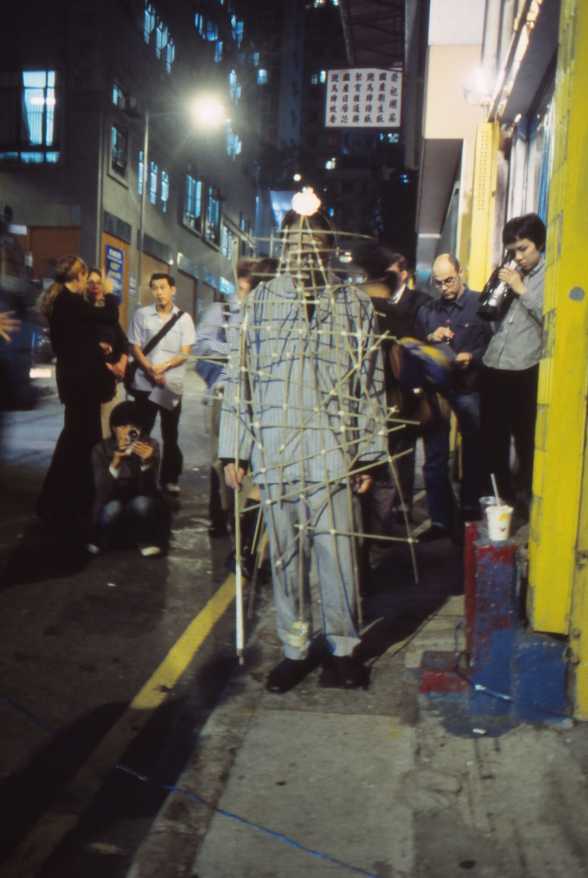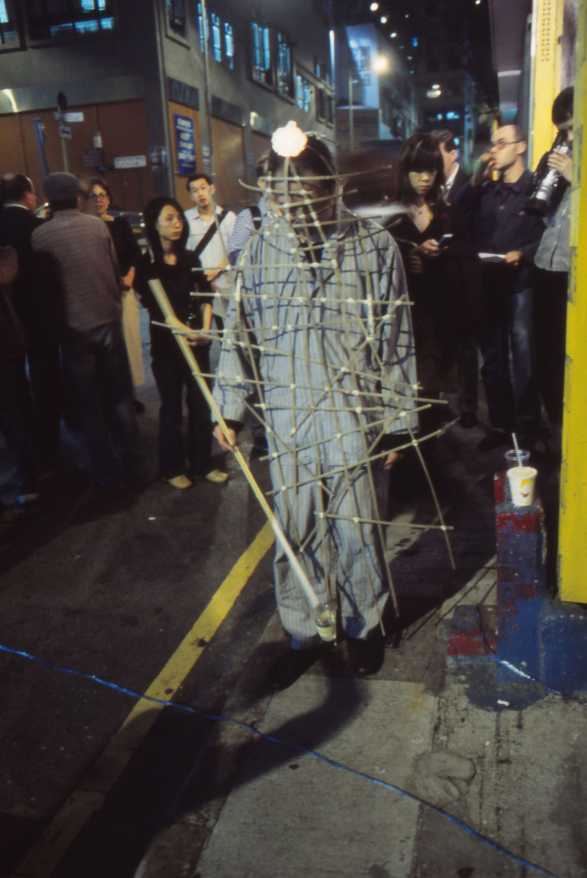“In order to investigate the concept of male art, I will re-perform four works originally executed by women artists. When a man replaces a woman within the context of ‘Woman Art,’ do ideas of femininity remain unchanged and unchallenged, or would I as a man, in turn, discover ‘femininity’ within myself during the re-enactments of these ‘female’ performances? On the other hand, in the transient moments of performing, I may find that entrenched ideas in ‘Woman Art’ and ‘Man Art’ still lie in opposition to one another. Then again, perhaps gender bears no relation at all to the art itself?”
Since the rise of movements in the 1960s and 70s, feminism has flourished in almost every corner of the world as an academic discipline as well as a socio-political engagement. In the field of art, those who make and write about art have increased awareness about gender politics, particularly in the visual representation of women. In fact, consciousness and sensitivity towards gender issues through workshops, forums, and exhibitions featuring women artists have prevailed over the local arts scene since the 80s. Among all this activity, however, we seem to have forgotten our ‘other-half’, as equal beings also in the pursuit of transformation. Unfortunately, because we rarely hear voices from male artists regarding their own situation and experiences as ‘gendered-subjects’, gender studies are often identified as ‘women studies’; and artistic intervention, confined among the single-sex, is placed under the big rubric of ‘Woman Art’. Perhaps one of the reasons for the indifference of the male artist is due to women monopolizing the debate, which leaves no room for men to enter the discussion?
Nowadays, when we subscribe to the terms and ideas of ‘Women Art’, could we also subscribe to the idea of ‘Male Art’ on equal terms? Now that feminism is fast reaching a dead alley of self-ghettoization, would more investigations and experiments of ‘the other sex’ help to deconstruct or revitalize the once-radical orthodox?
In 1993, a group of artists in Hong Kong organized a multi-media event titled AhMen. Since then, it has been the only event produced about masculinity and its cultural representation. A decade later, with growing concerns about masculinity in cultural studies and new living experiences, have men stayed the same? Or have there been subtle changes that we have not noticed? This exhibition invites artists of different ages and sexuality to re-examine themselves as gendered-subjects and respond to the above queries through their artworks.
The project is initiated by , with a special contribution from . Guest speakers, and led a discussion around the topic of Masculinity and its visual representations. An anthology is published as documentation of the project.
